We had a wonderful trip the last four days, with no rain and we got clear views of all places we went. As I said in the previous post we stayed in “The Trident”, Jaipur. Trident is on the highway going to Amber fort, opposite to Jal Mahal. When I booked after seeing the hotel on their website, I thought the Hotel is on the river bank (as shown in the left photo below) and it will be great. When I actually went there I realised that the hotel is on the other side of the road, and in between, there is a park. One good service in the hotel is that of the “Kids Club” where you leave your kids safe and they have toys, TV, books, games and trained people to take care. My son loved the place, I wish all other vacation hotels adopt this. The view from the park to Jal Mahal is beautiful but the park maintenance and cleanliness have to be improved greatly.
Day 1: In Mumbai, we had a few hours for transit from Chennai to Jaipur, I decided to go out of Airport rather than spend a few hours inside. We took a taxi and went to Oberoi Mall (Dindoshi, Gen AK Vaidya Marg, Off Western Express Highway) which is probably the closest mall to Mumbai Domestic Airport. It took some 20 minutes one way, we had a good time there and had a great UP-style vegetarian Thali (set lunch) at Sanskriti restaurant. We arrived in Jaipur in the late evening and after check-in, I went to their travel desk (which is oddly not manned by the Hotel but by Avis). When I approached the Avis representative, for planning my itinerary for sight-seeing next few days, he was only interested in selling his “Car Rental” services. He started the conversation by saying and then repeating Avis’s full-day/half-day charges, I had to raise my voice before he started to talk about the itinerary. Though he said it was not required, I insisted on having a “Guide” to accompany us both days so that we can understand what we are seeing.
Day 2: On the second day we started around 9:30 AM and went first to Amber Fort, which is nearby to the Hotel. The fort is not at a high altitude so the car journey to the top took only a few minutes. If you wish you can travel royally on an Elephant Ride to the top which costs about Rs.550 per person. Amber fort has beautiful palaces used by the kings then – a Summer palace and a Winter palace. The fort was originally built by Raja Man Singh in 967.
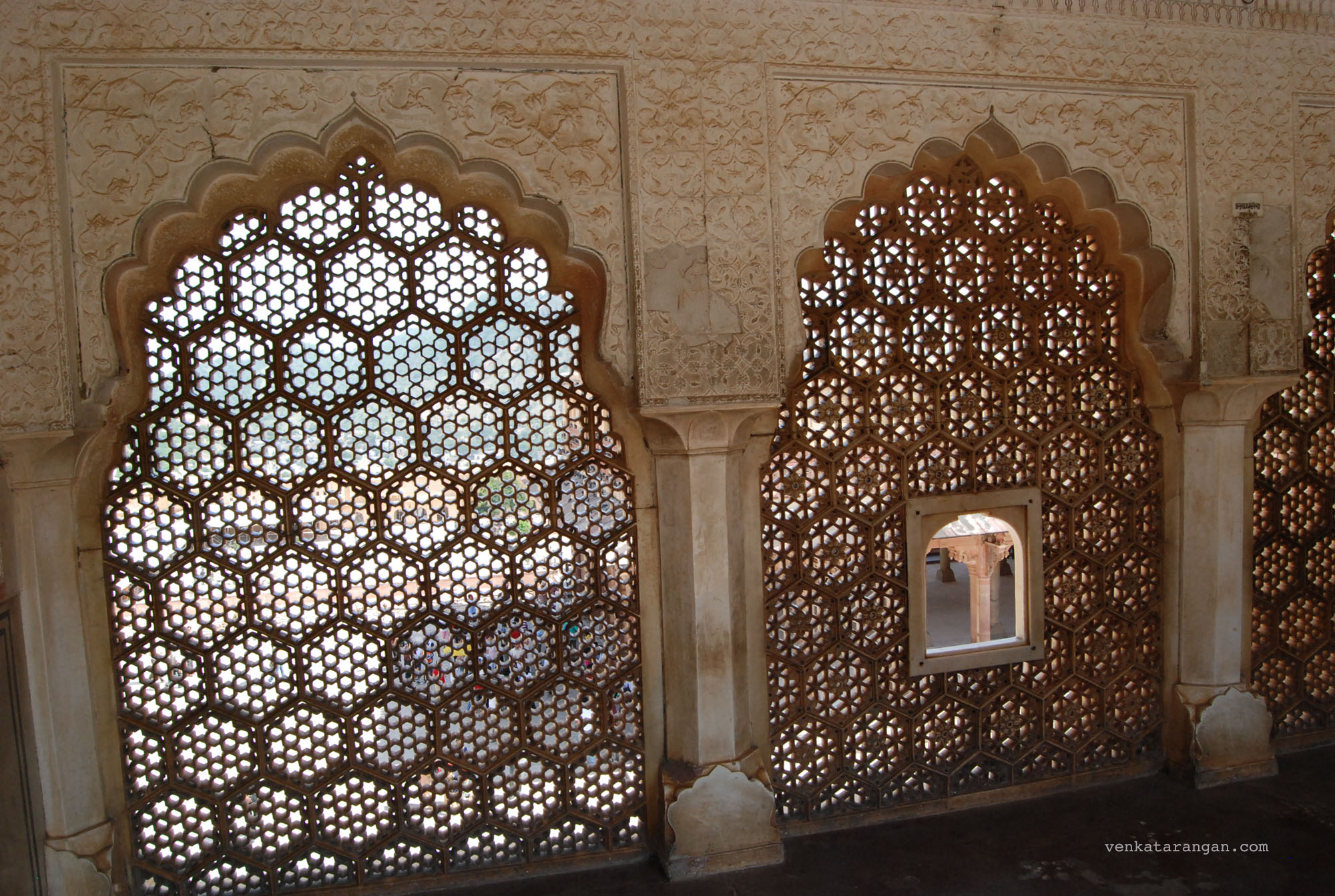
Suhag Mandir where ladies of the royal family used to watch functions held in the Diwan-i-Aam through latticed windows
We then went to see the Madhavendara Palace inside Nahargarh Fort, this palace was constructed by Maharaja Sawai Ram Singh II (1835-1880). The palace has 9 compartments for the king’s 9 queens – it struck me that if the king married once more for the 10th time, he would have had a tough time expanding the palace! Each Queen’s compartment is self-contained with a Kitchen, Bedroom and Living area – you can see most of these rooms intact with the furnishings & fittings removed. The top of the fort has an excellent view of the entire Jaipur city. Our guide Mr Rajiv did a great job in showing us all the places and explaining them in detail.
For lunch, we went to Pink City Restaurant which served good Thali and you can see the cooking clearly as they have an open kitchen. After lunch, we went to Jaipur Mall we saw how to hand block printing is done in textiles using natural vegetable colours. Our guide recommended we try staying in heritage hotels like Samode Haveli on our subsequent trips to Jaipur.
In the evening: We went to the famous tourist restaurant – Chokhi Dhani which is nearly 1 Hour’s drive (closer to the airport) from Trident. It is a theme restaurant in a wide open space modelled like a typical village market of Rajasthan. The entry fee is Rs.300 per person which includes Dinner. They are open only from 6 PM to 11 PM. My son loved the rides – you have camel rides, elephant rides, horse cart rides and more. There are also model Rajasthani village houses for you to see. We stood in the dinner queue for over 30 minutes before being let in (crowded). The seating was on the ground with a traditional low-height table for eating. The food was rich with lots of butter and ghee in almost all dishes- so be careful to eat limited if you wish not to gain weight. You can unlimited helpings of all the served items.
Day 3: Today we had another guide, Mr Vijay Singh, for our city tour of Jaipur. We saw Hawa Mahal from the road, I believe there is nothing much to see nowadays inside. Hawa Mahal means “Palace of the Breeze”, and was built in 1799 by Maharaja Sawai Pratap Singh; it was a lace pattern screen wall built so that the women of the royal household could observe outside without being seen.
Then we went to Birla Mandir and had a good darshan there. The temple is also referred to as the Laxmi Narayan Temple; it was built by the Birla Group in 1988 hence the name.
Then we went to Jantar Mantar (which is near the city palace) the centuries-old Sun Dials and other instruments which were way ahead of their times in their accuracy of readings. The large instruments there are believed to be used for both Astronomy and Astrology.
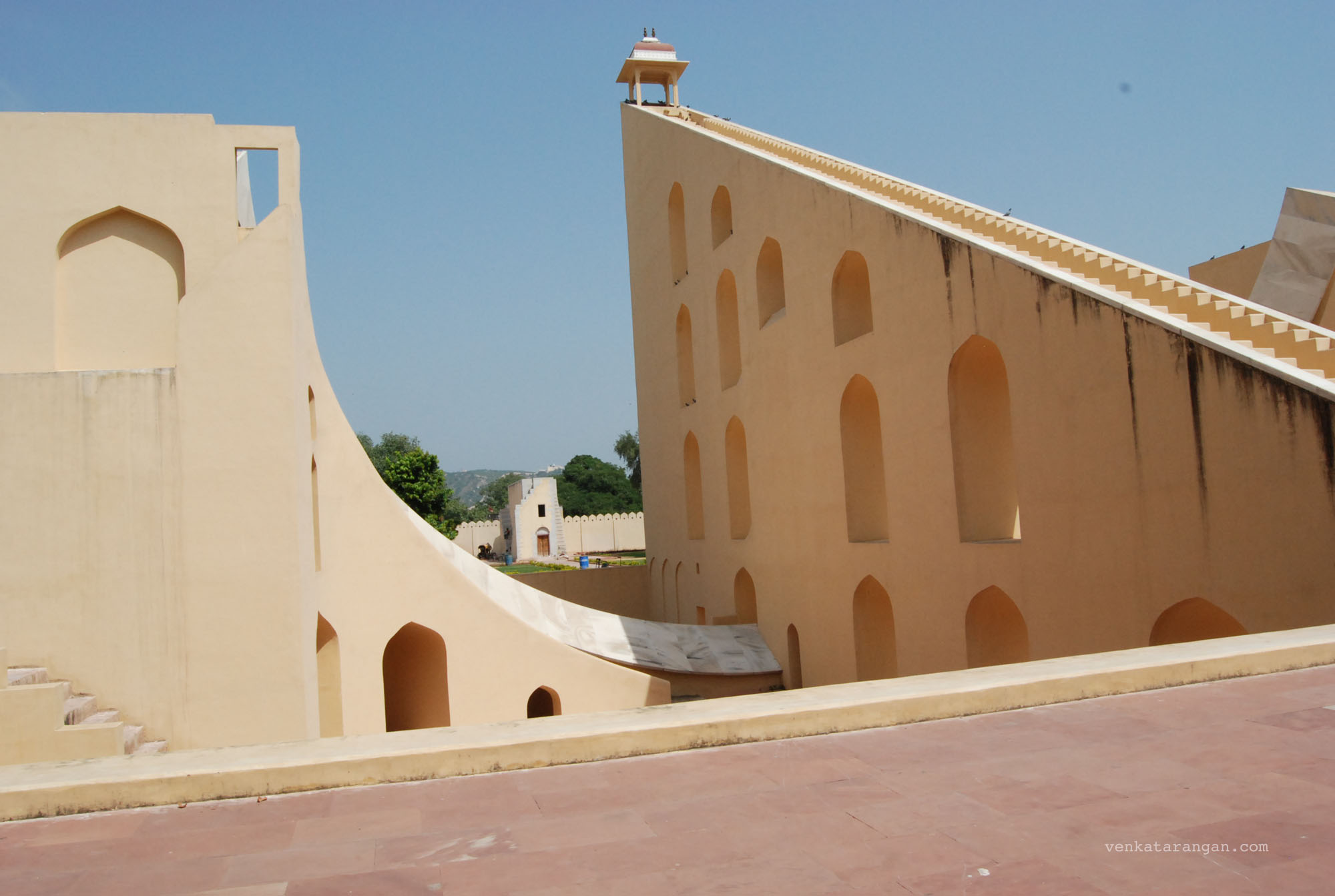
Vrihat Samrat Yantra (world’s largest sundial, measures time in intervals of 2 seconds using shadow cast from the sunlight)
Our next stop was City Palace. We saw the 350 kg Silver urn used by one of the earlier Kings to carry Ganges water during his visit to London. Apart from the usual items that you will see in a palace, there was a huge display of weapons in the Queen’s Area of the palace. It had a variety of daggers – one that can open up and be turned for maximum damage to the victim, one that shoots apart from the cut, 15Kg swords, metal helmet cutters and more. The kings seem to have spent a lot of money and talent, on fighting wars and building weapons.
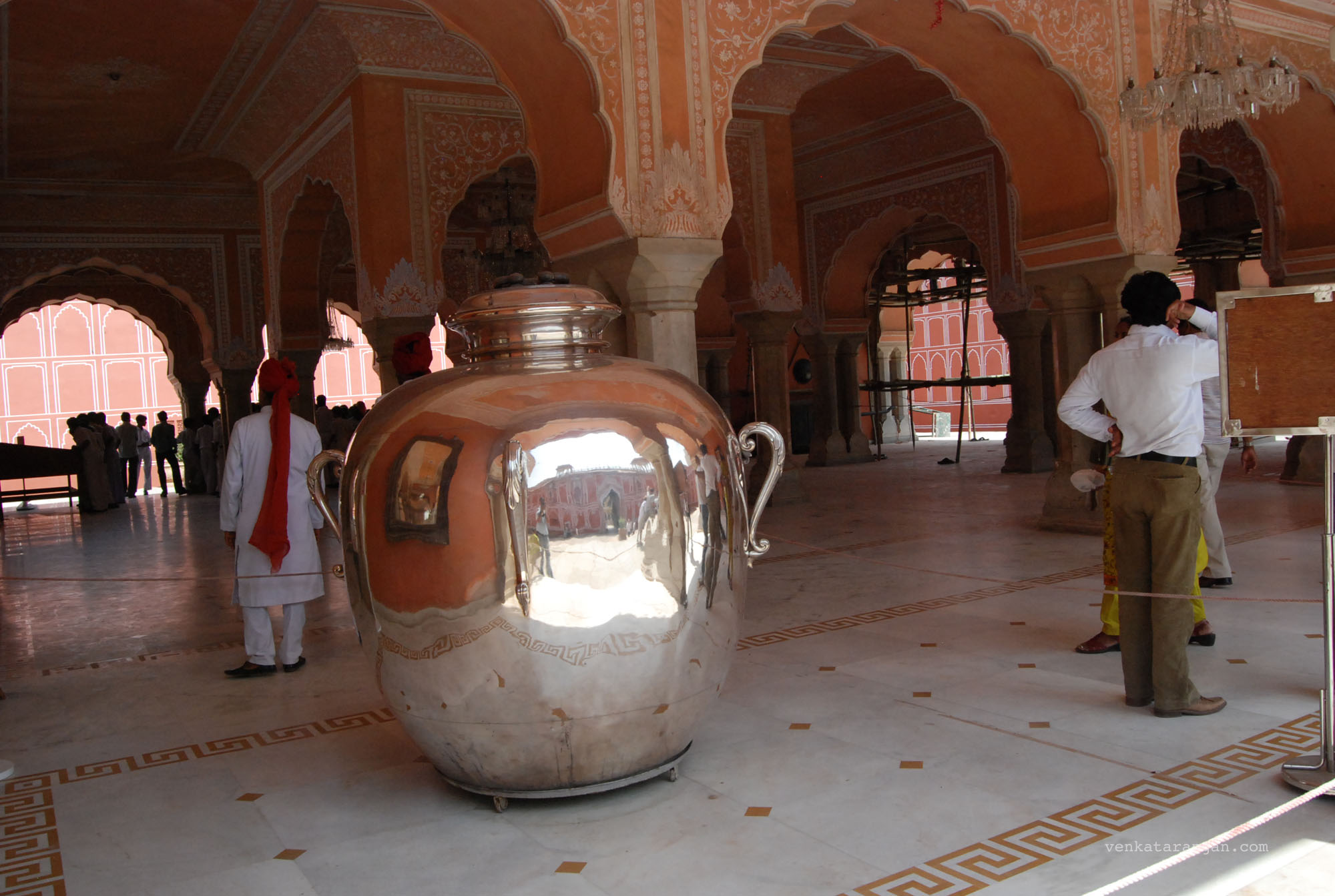
Silver Urn used by Maharaja Sawai Madho Singh II to carry the water of the Ganges to drink on his trip to England in 1901 (for Edward VII’s coronation)
We had lunch in Peacock Restaurant which had decent food but very ordinary service, so if you are not nearby you may want to skip this restaurant.
In the evening: We went shopping in Jaipur Haat (which was a walkable distance from the hotel) and bought some traditional-style dresses. The varieties and the service were excellent, though the dresses were a little pricey.
Day 4: We left this day intentionally free, spending time relaxing in the room. In the evening we went for a walk to Jal Mahal (the mosquitos were too much on the road, making it difficult to walk).


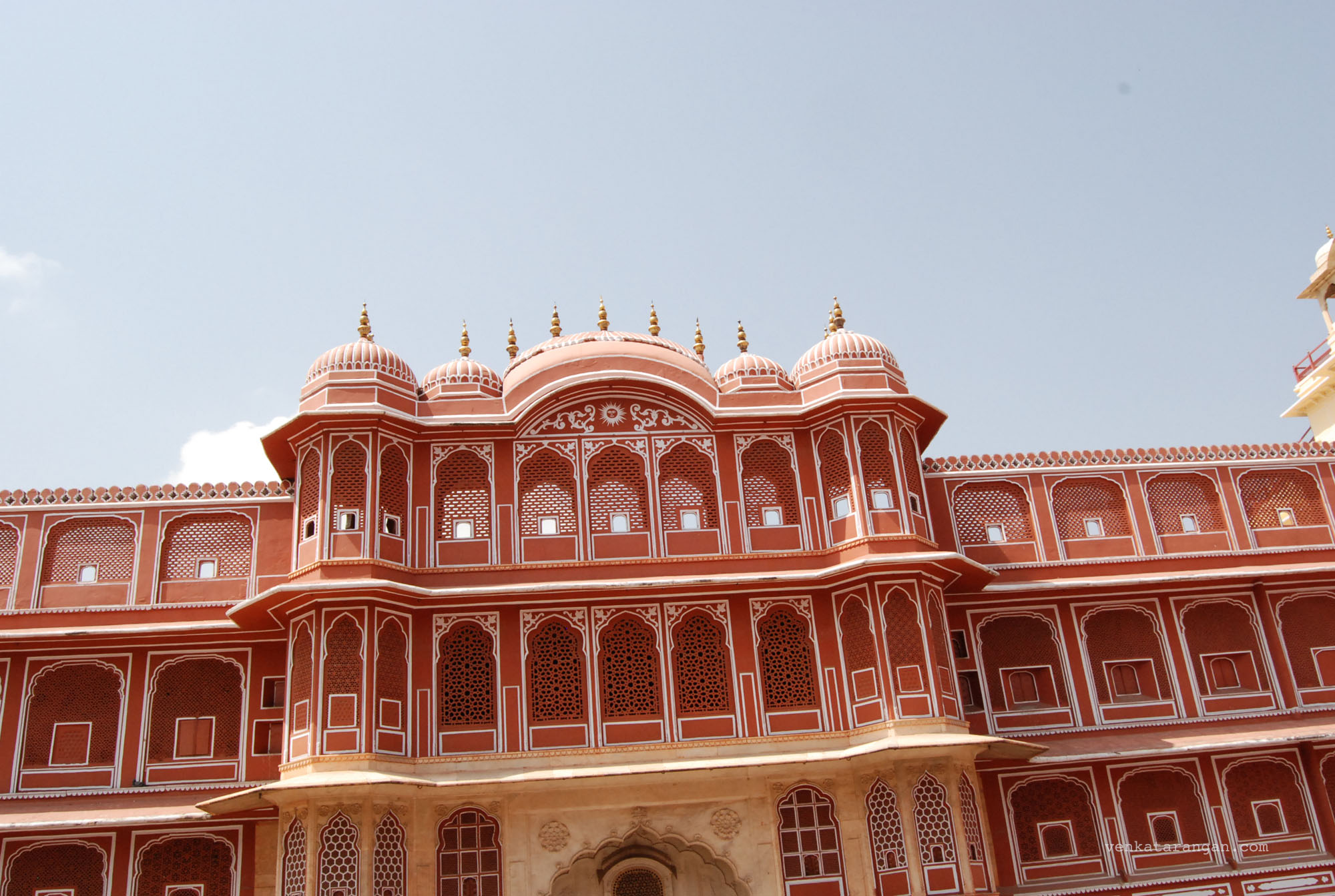
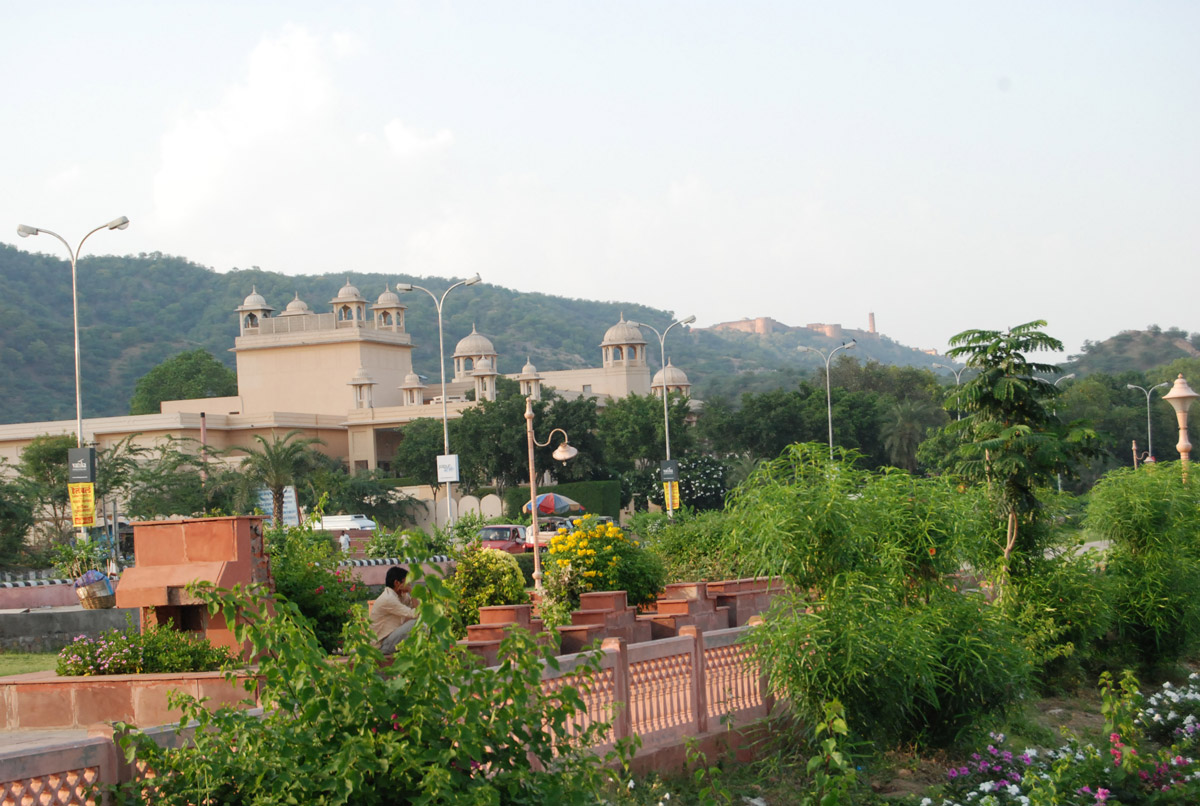
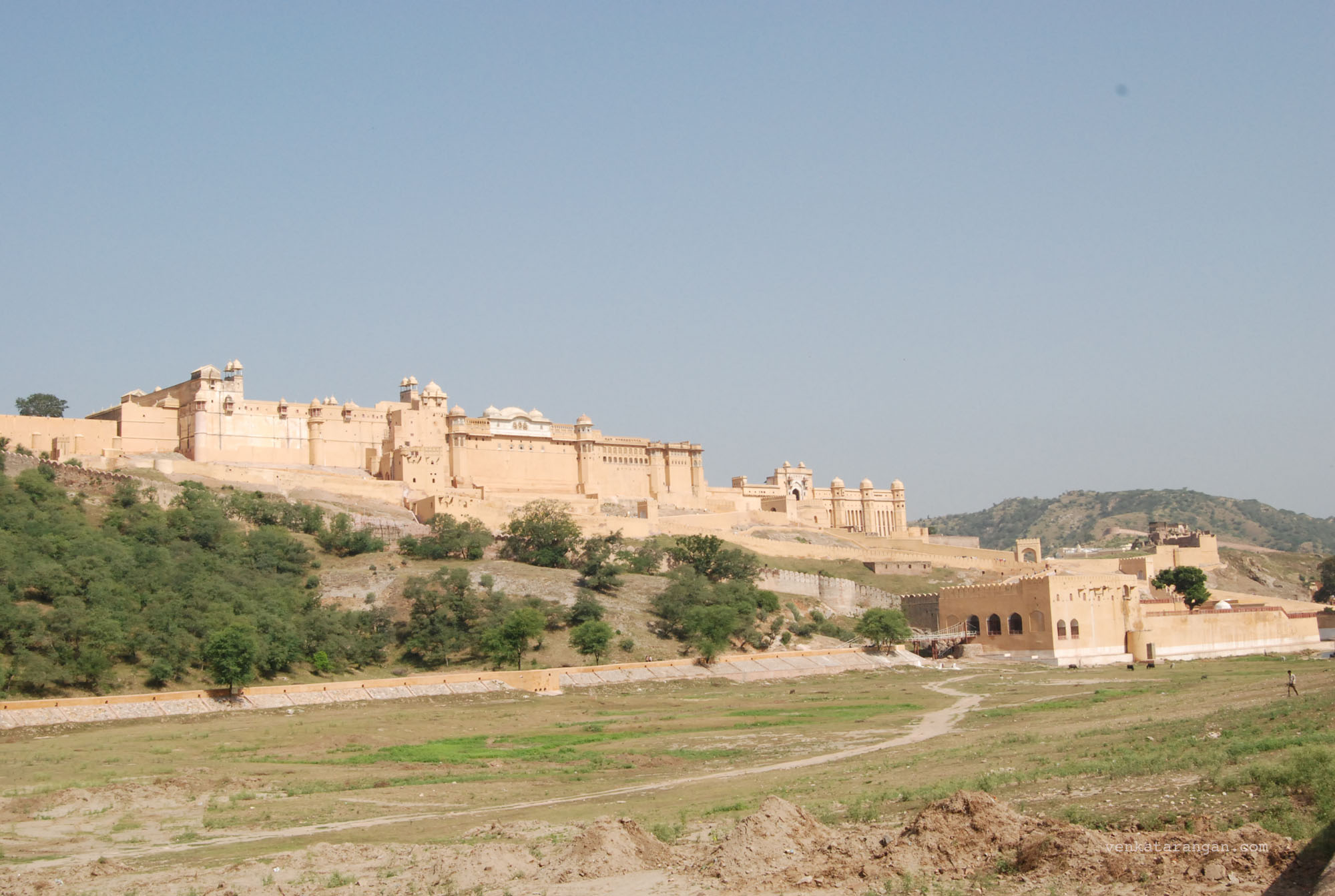
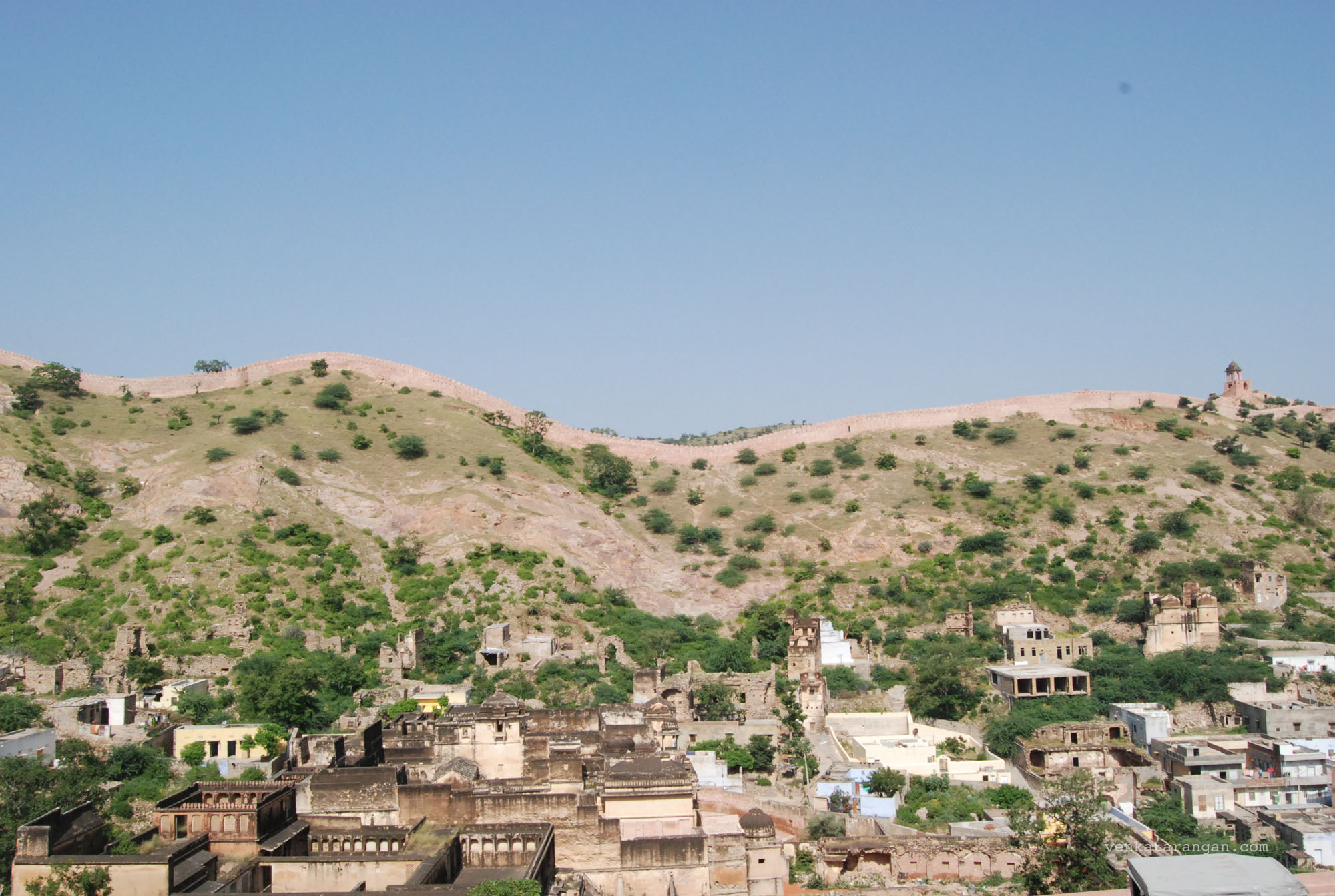
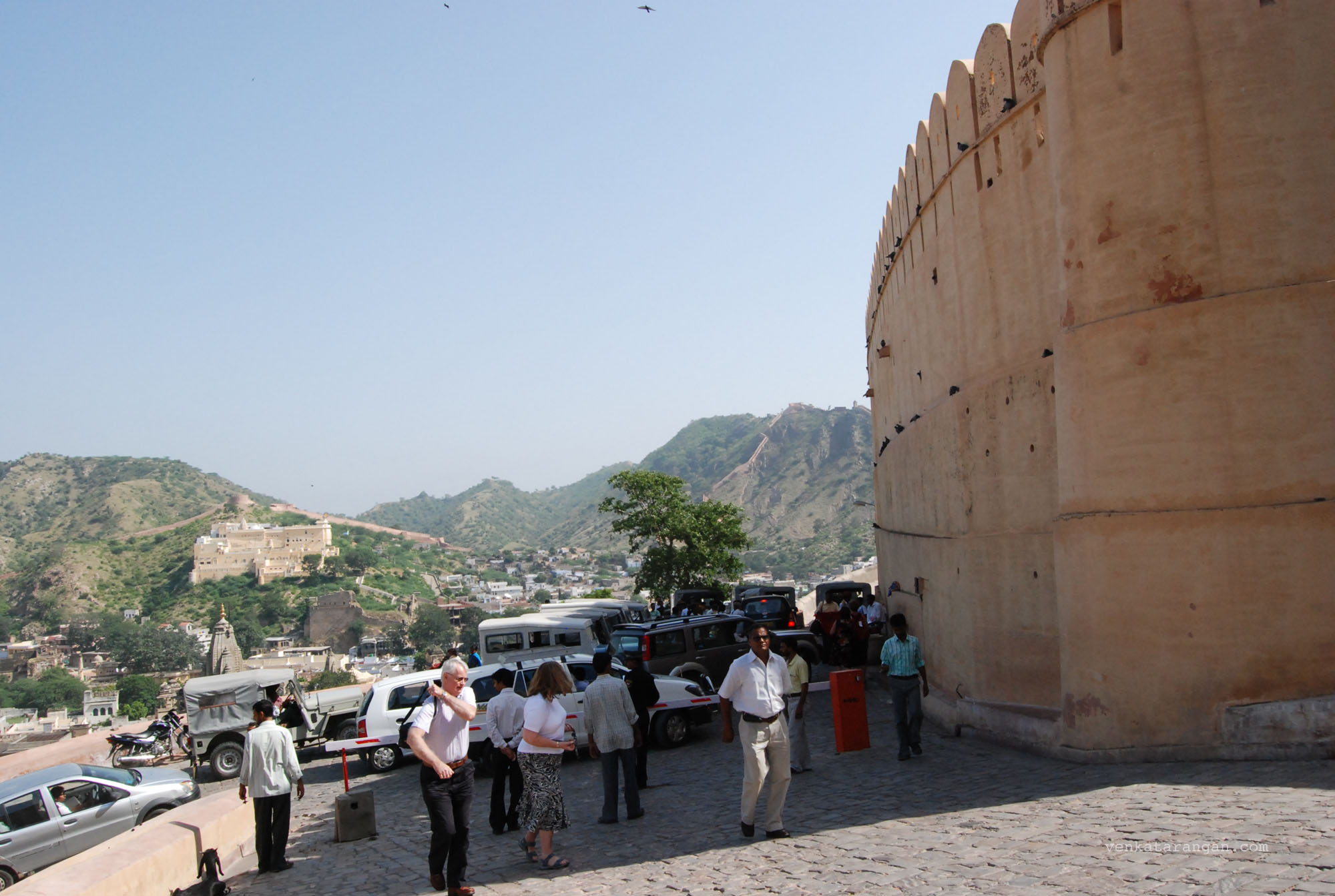
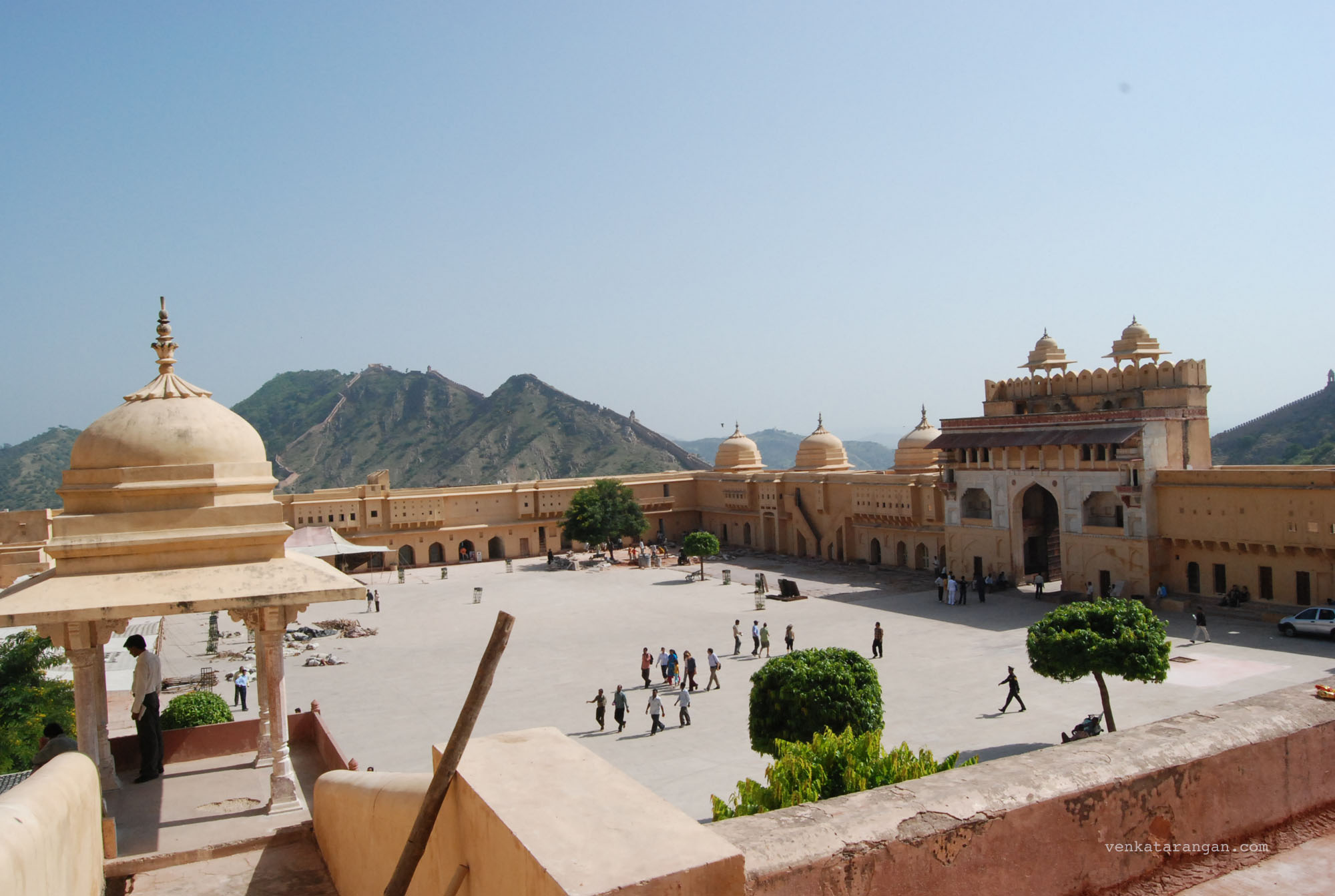
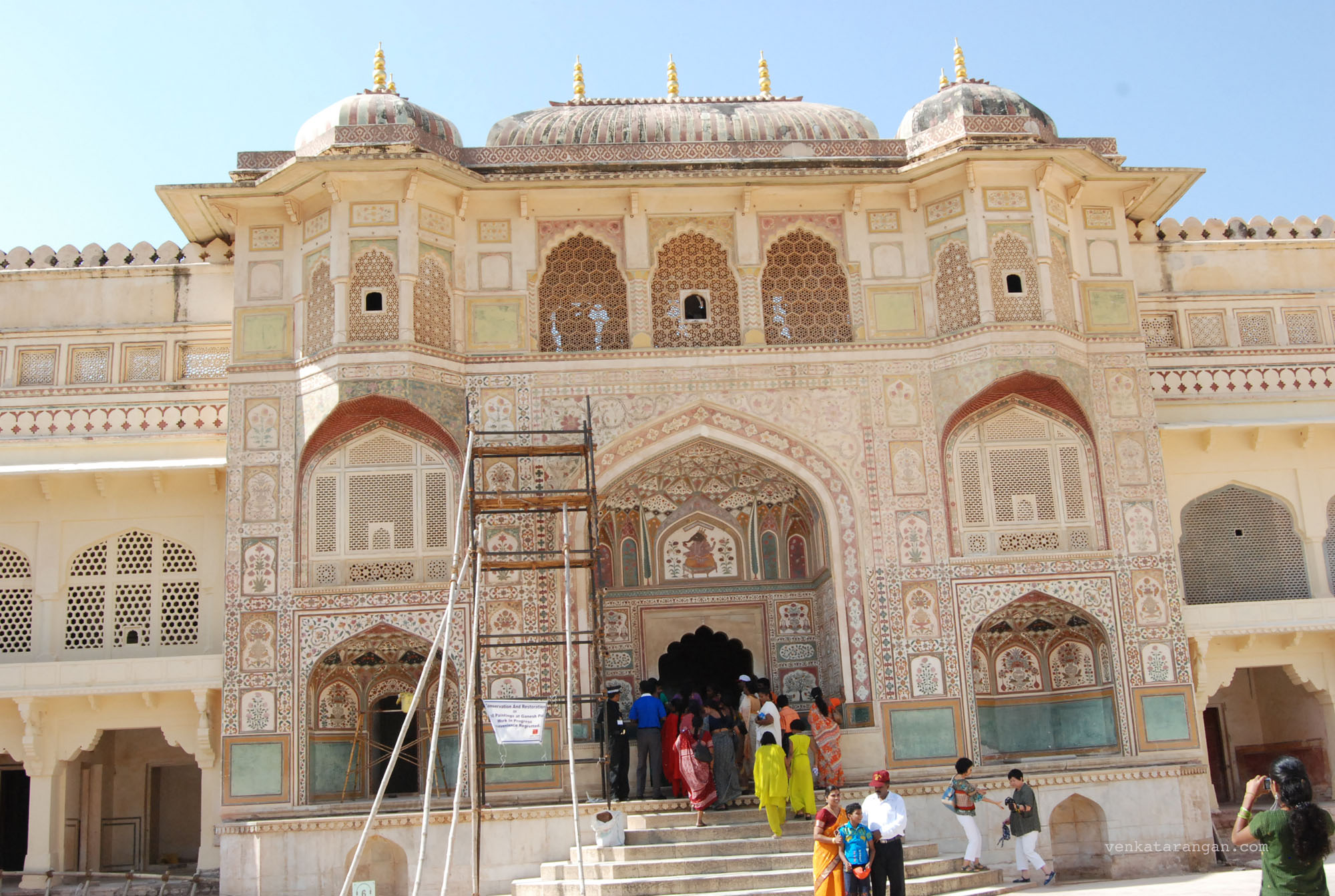
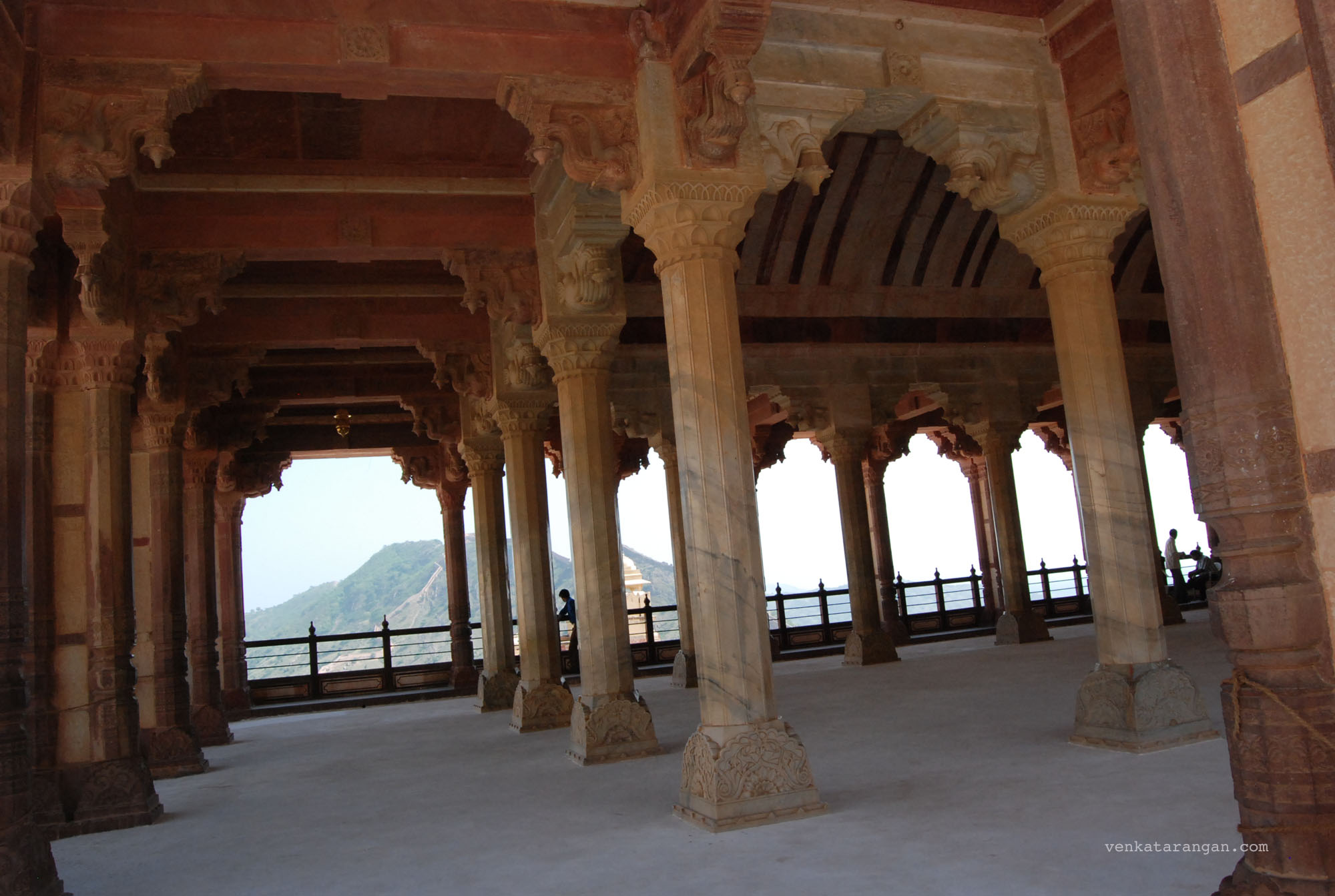
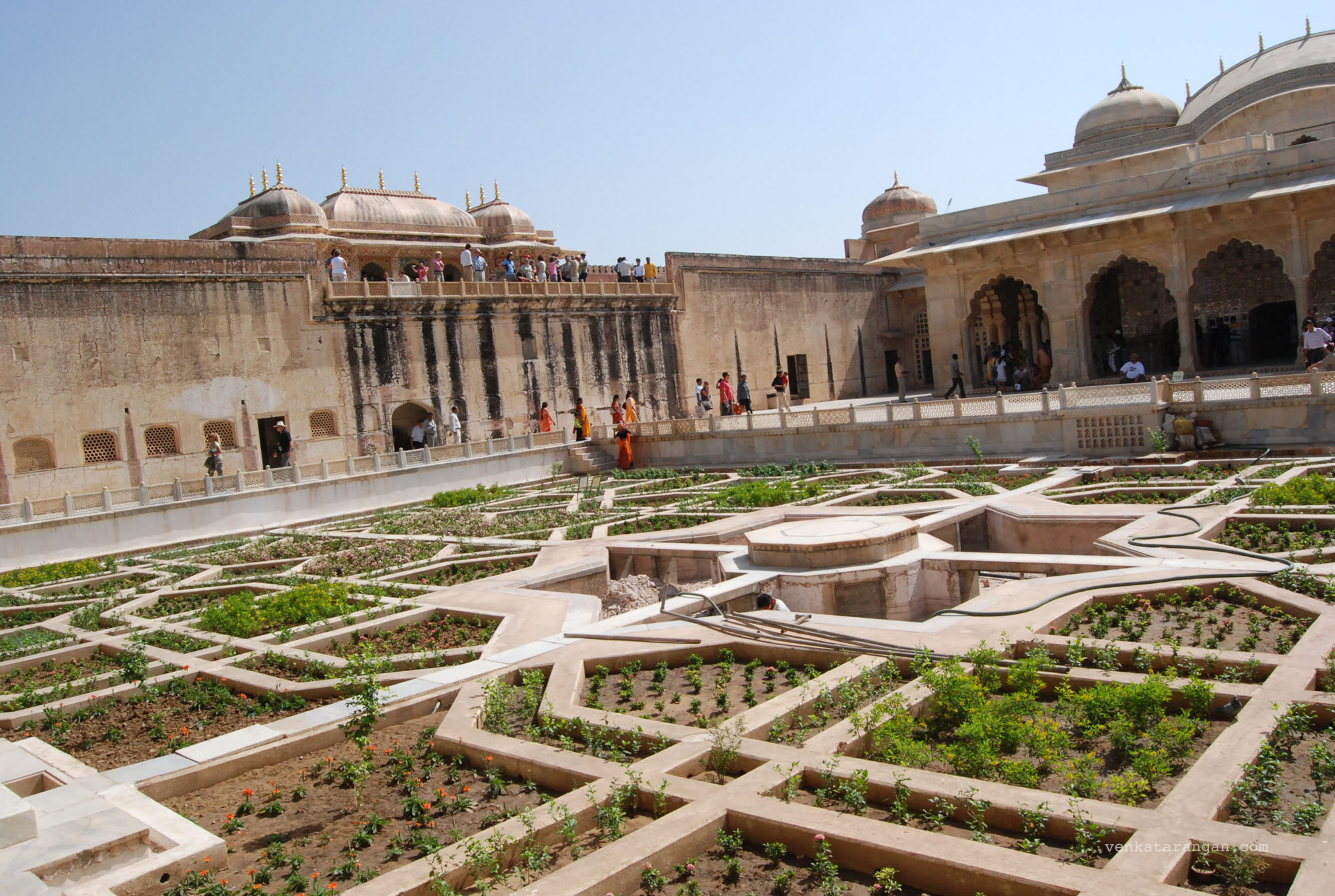
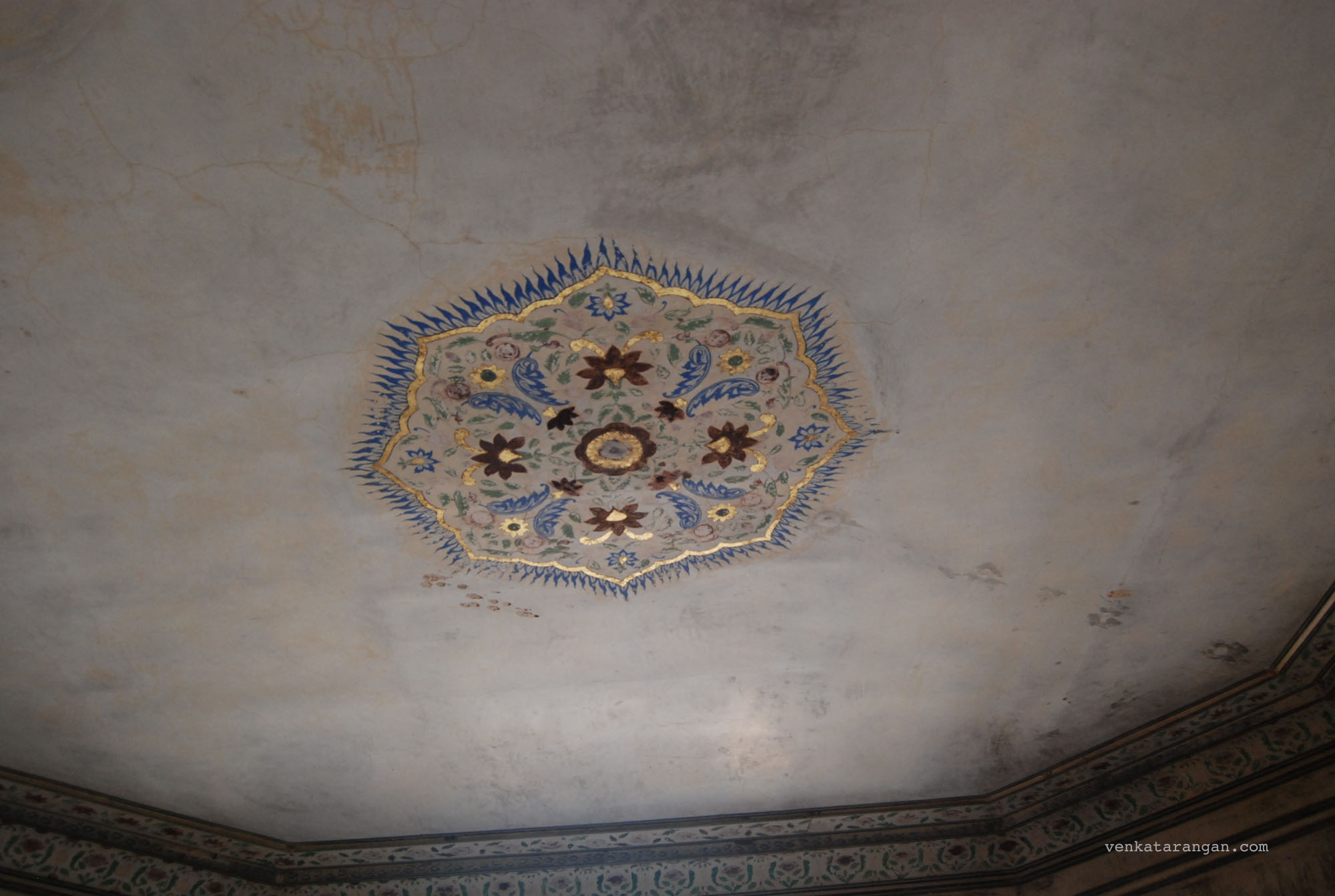
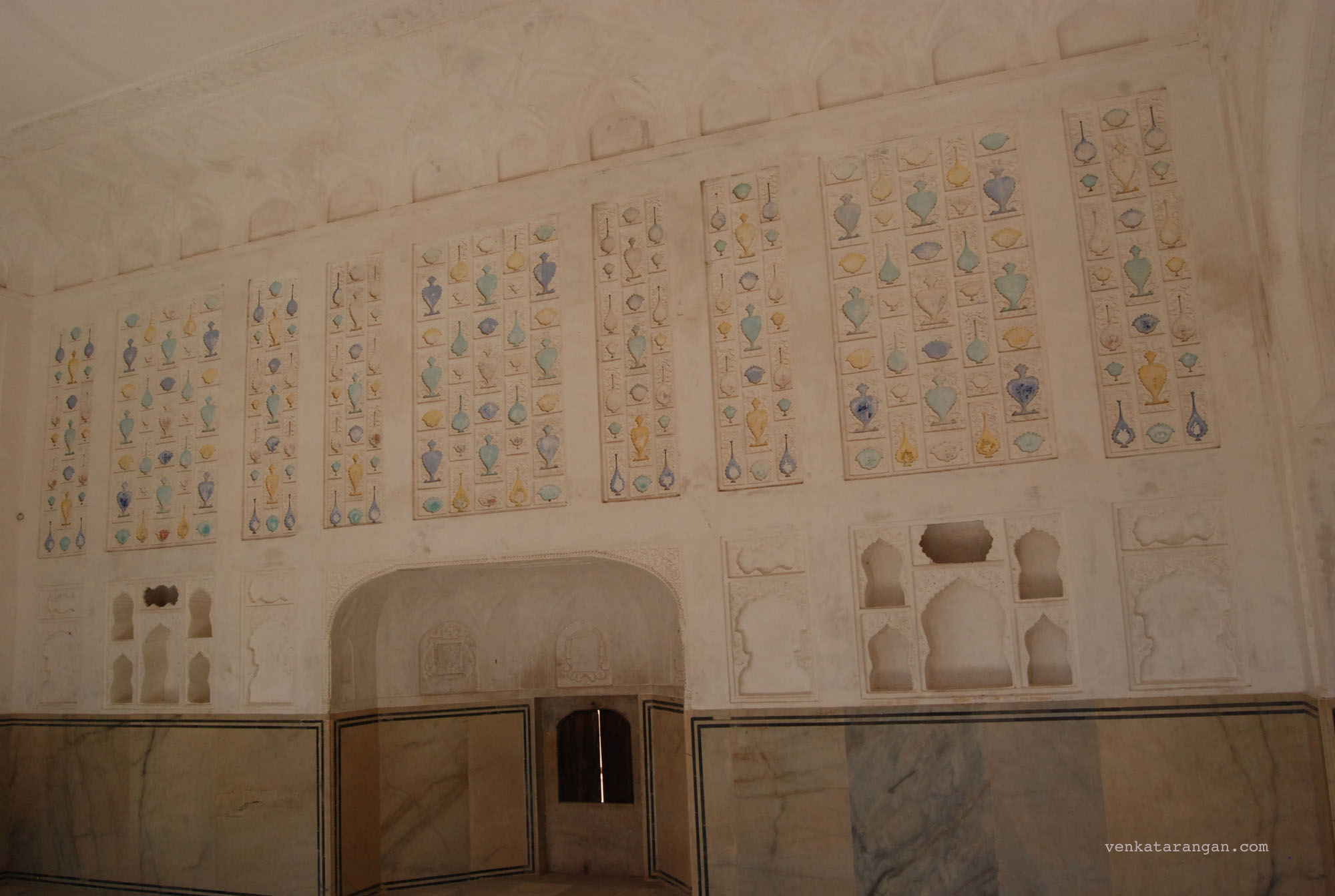
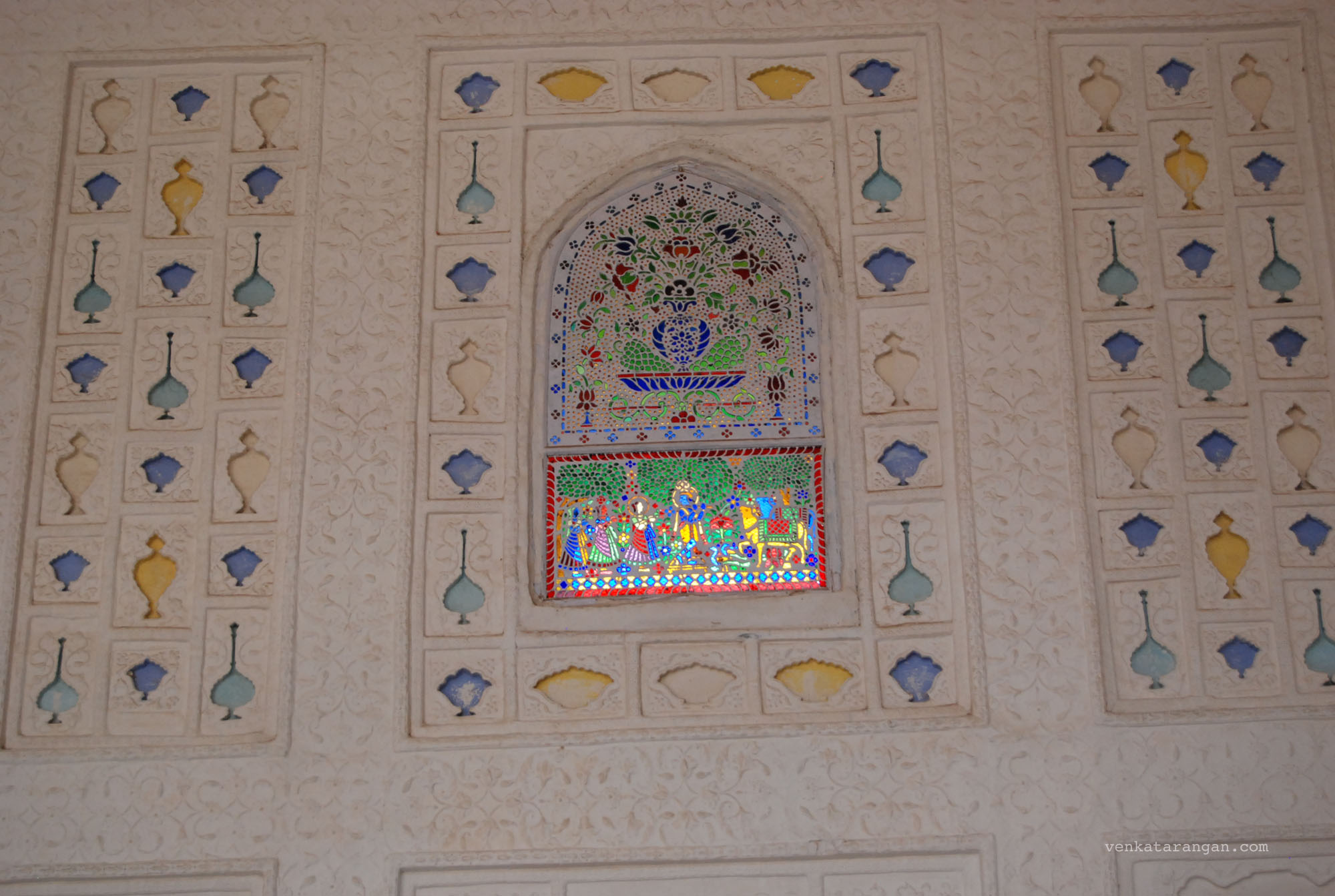
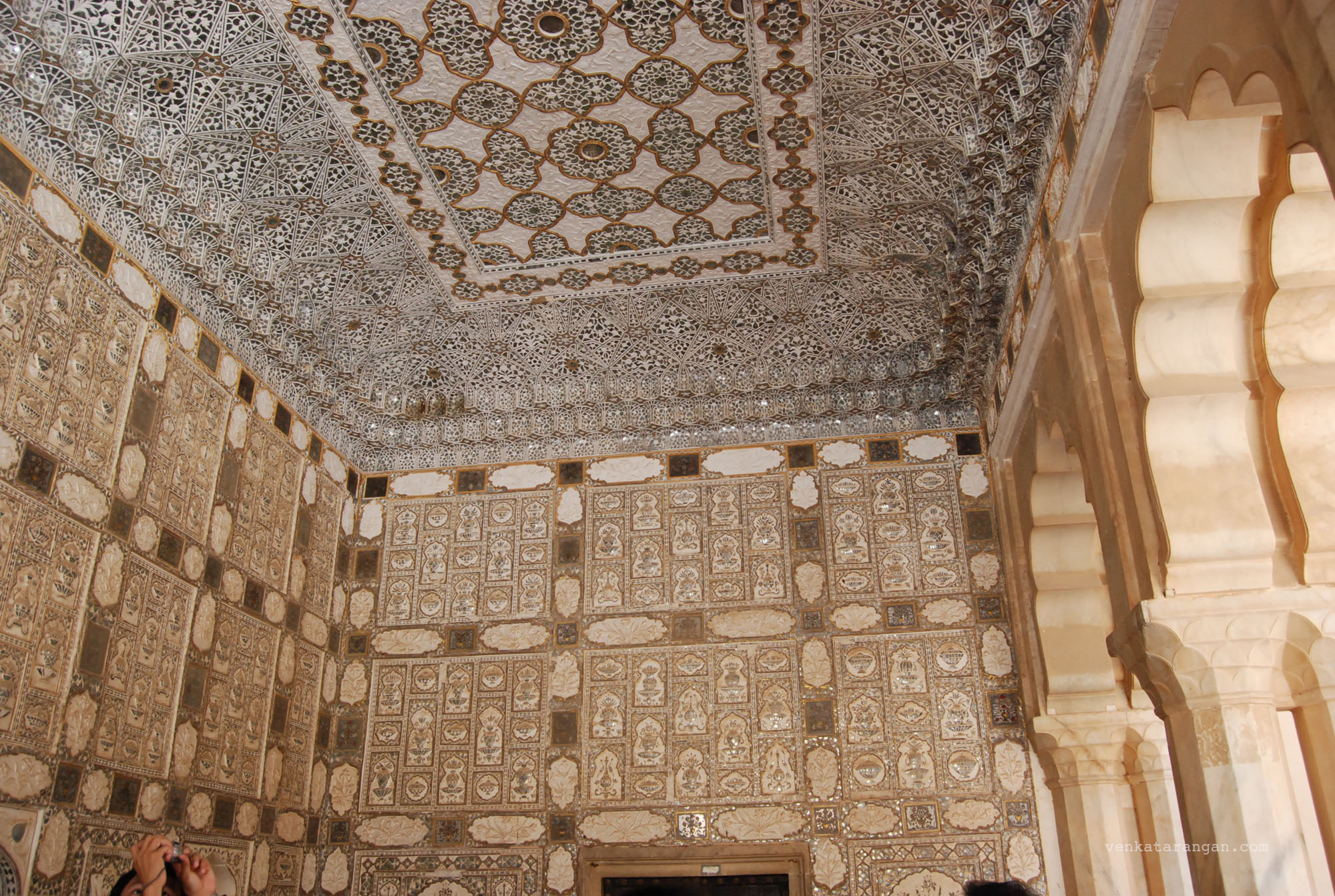
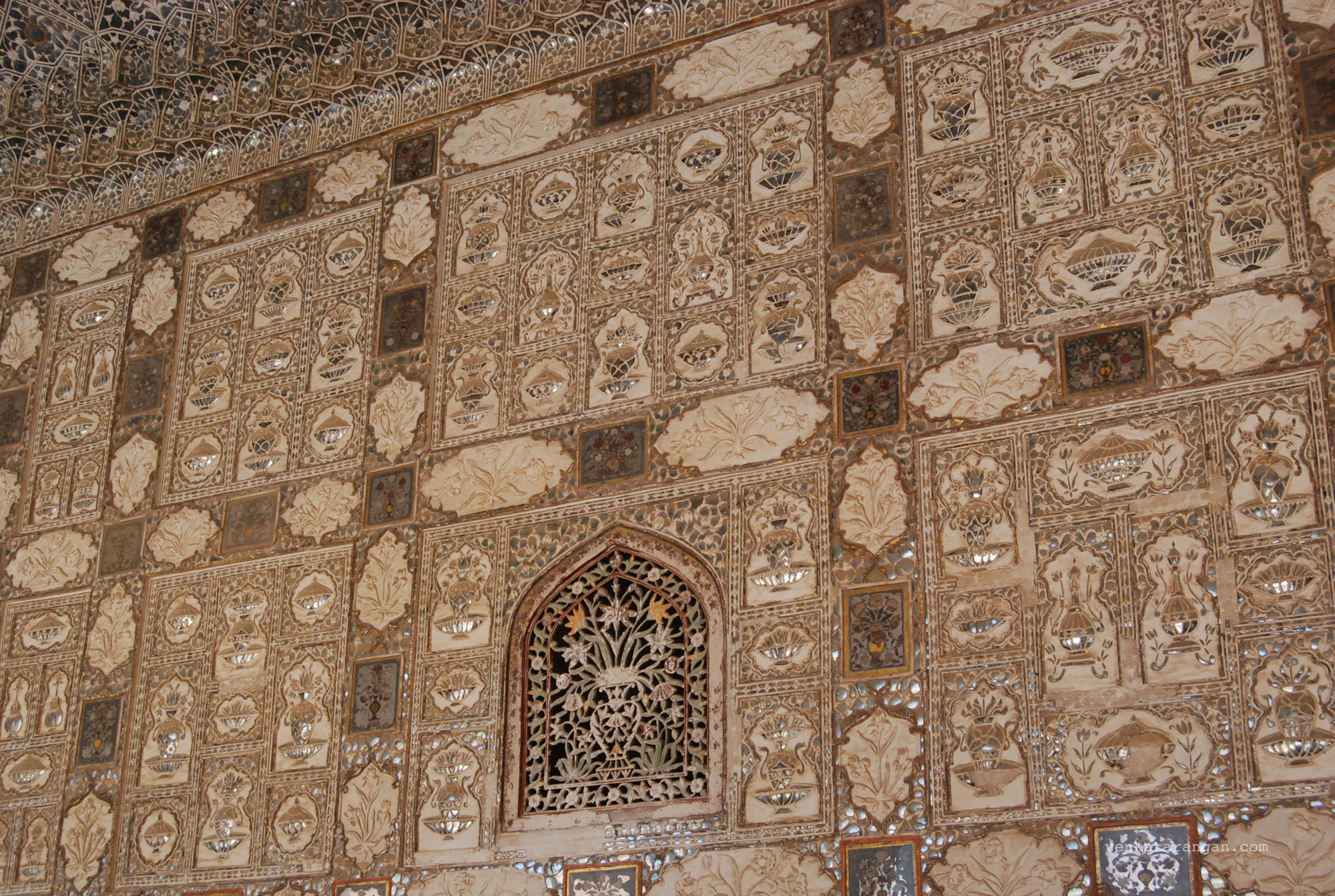
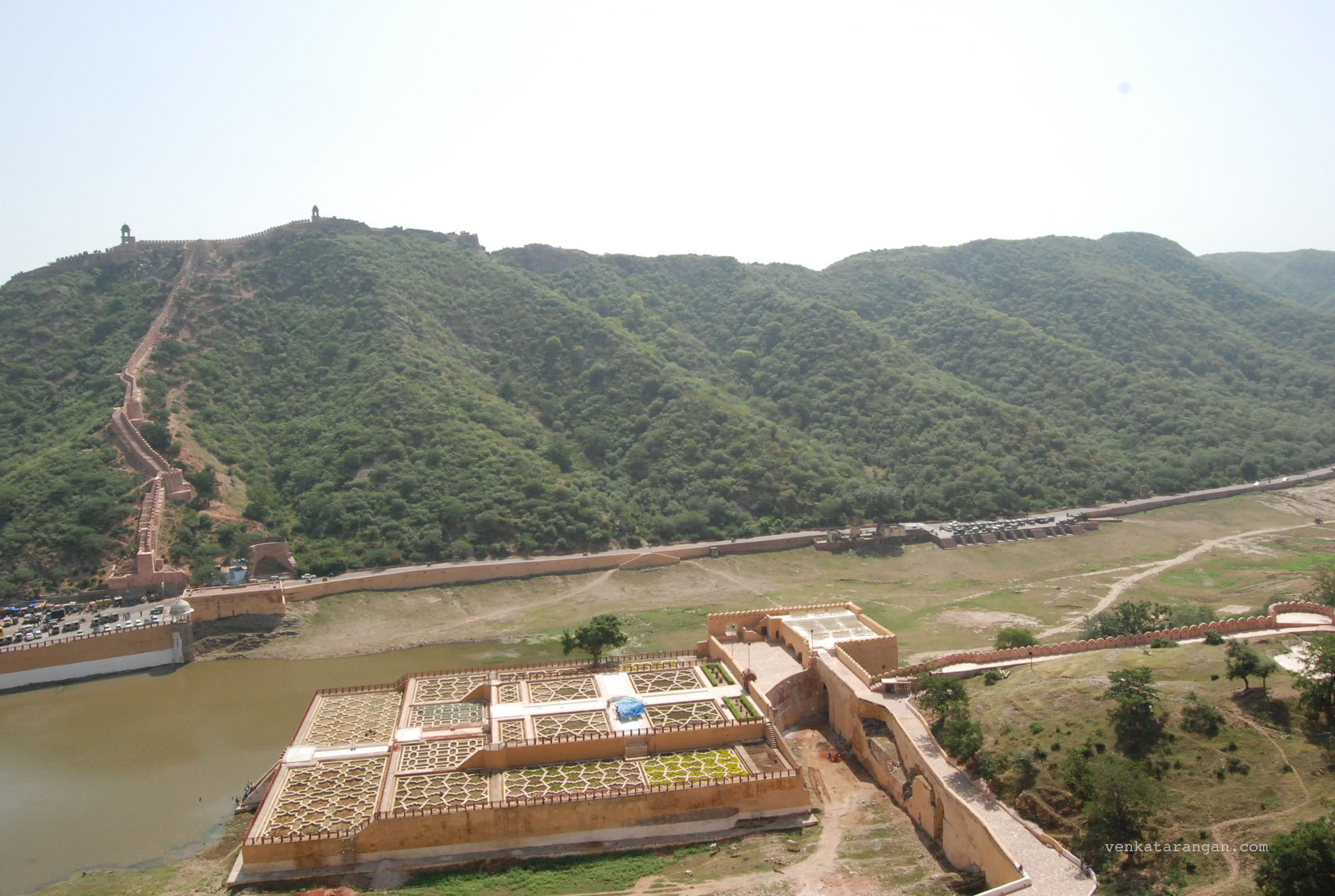
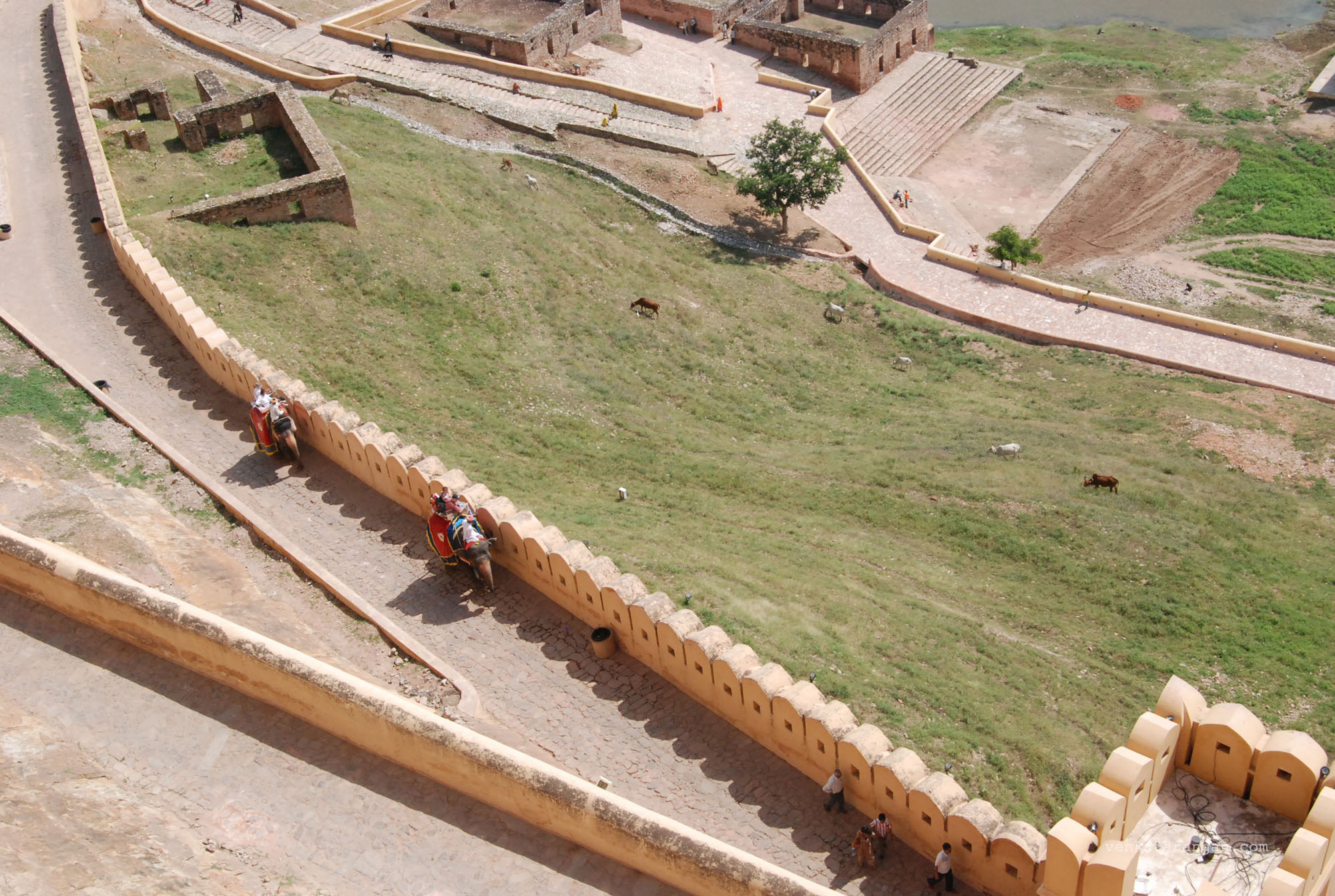
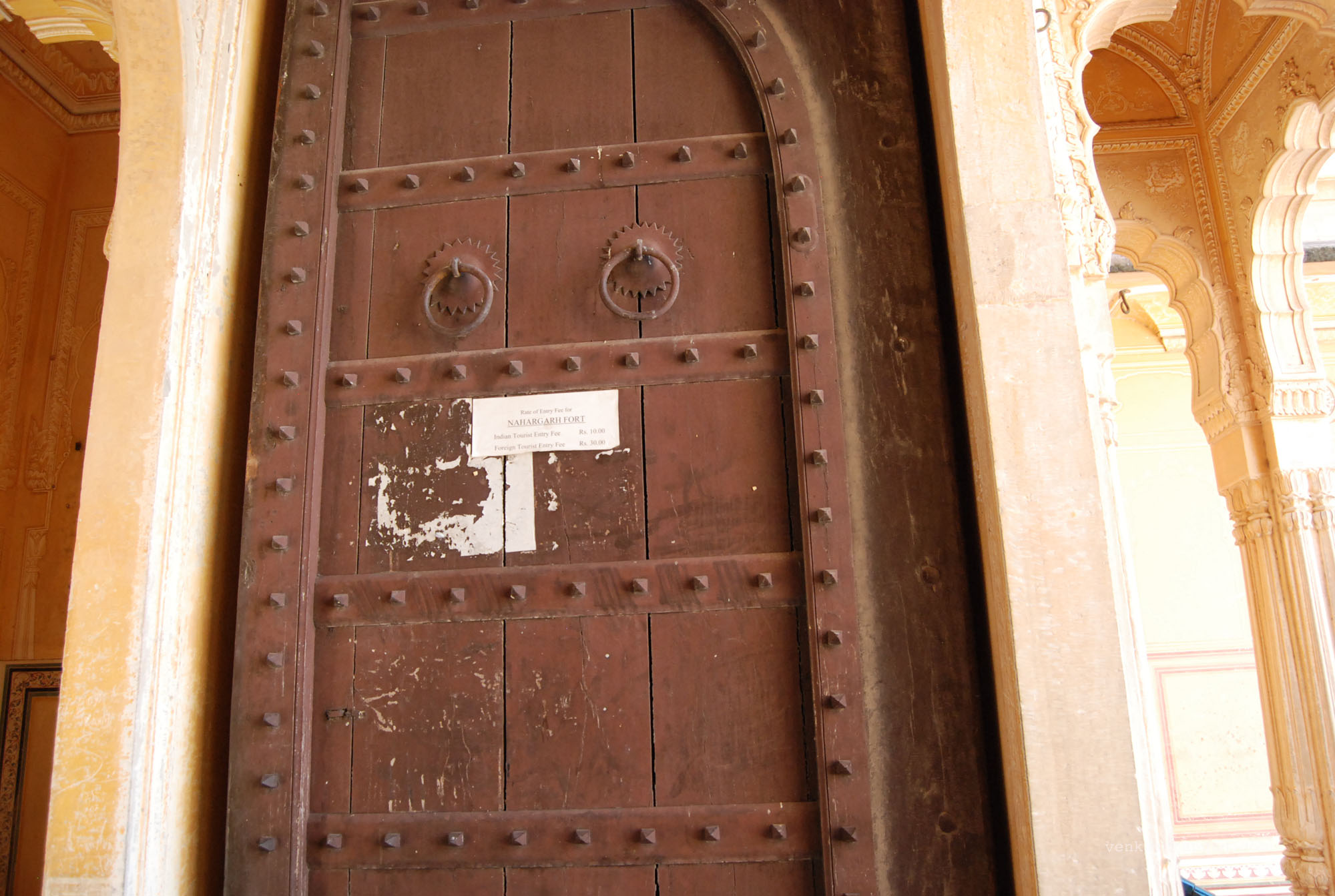

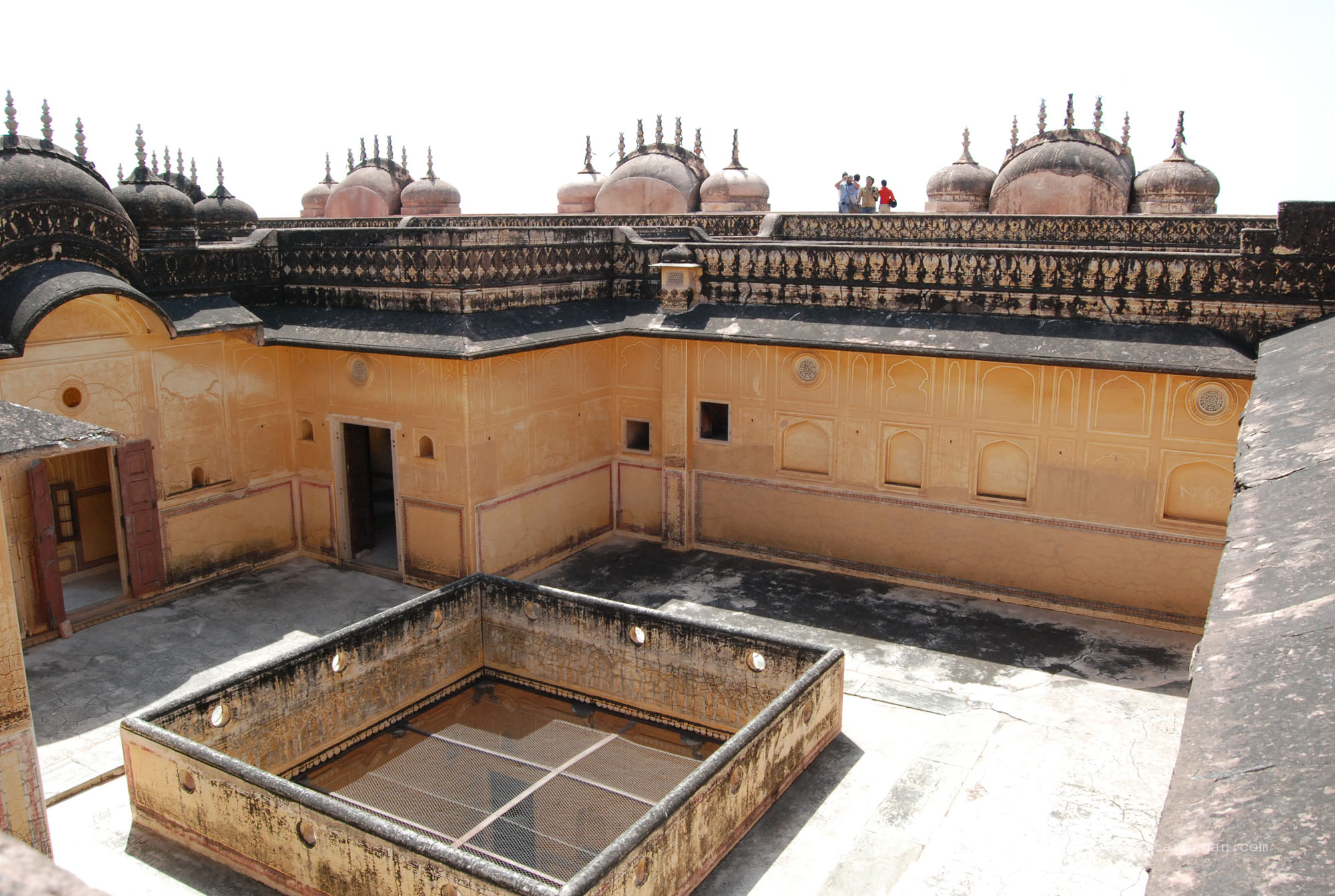

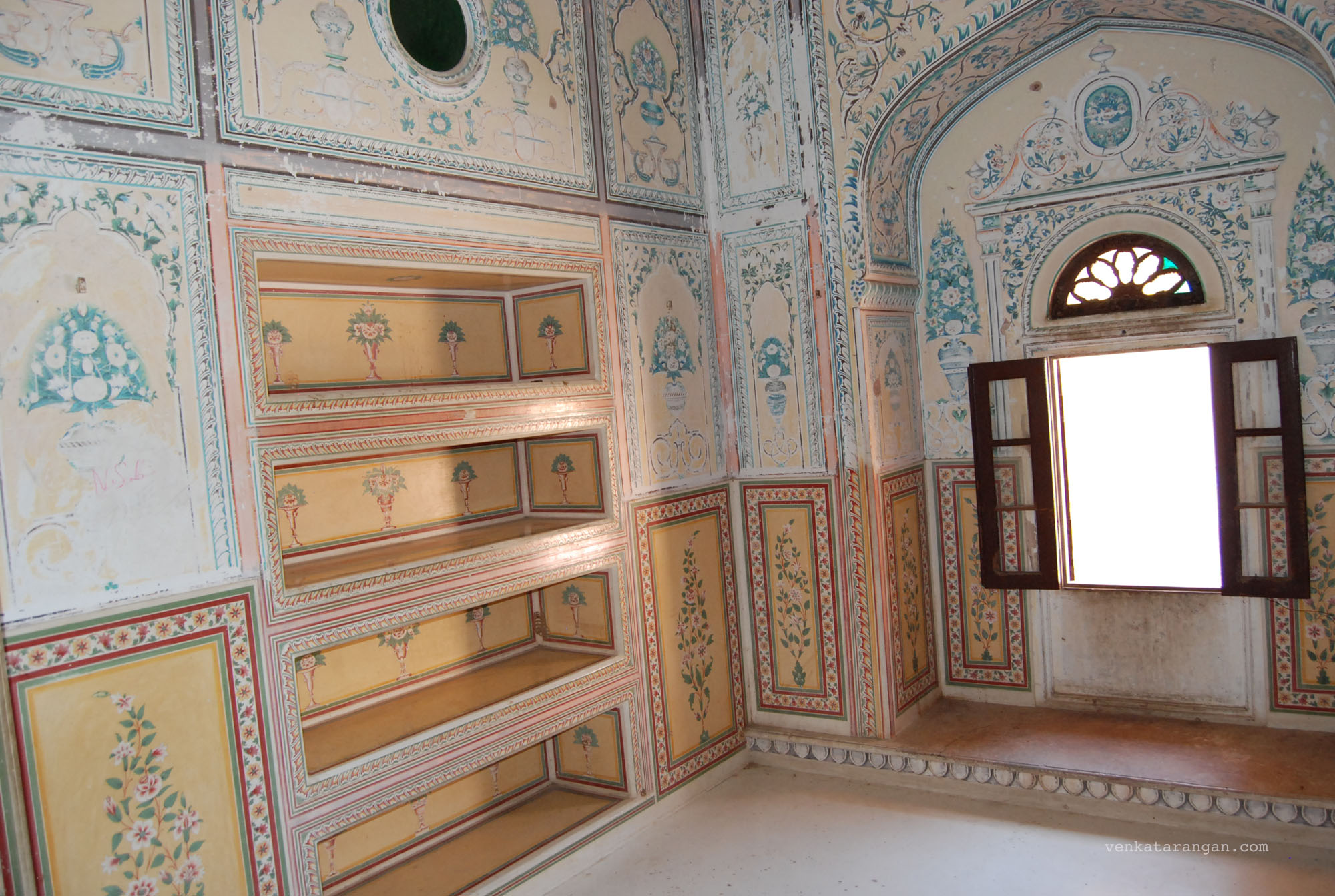
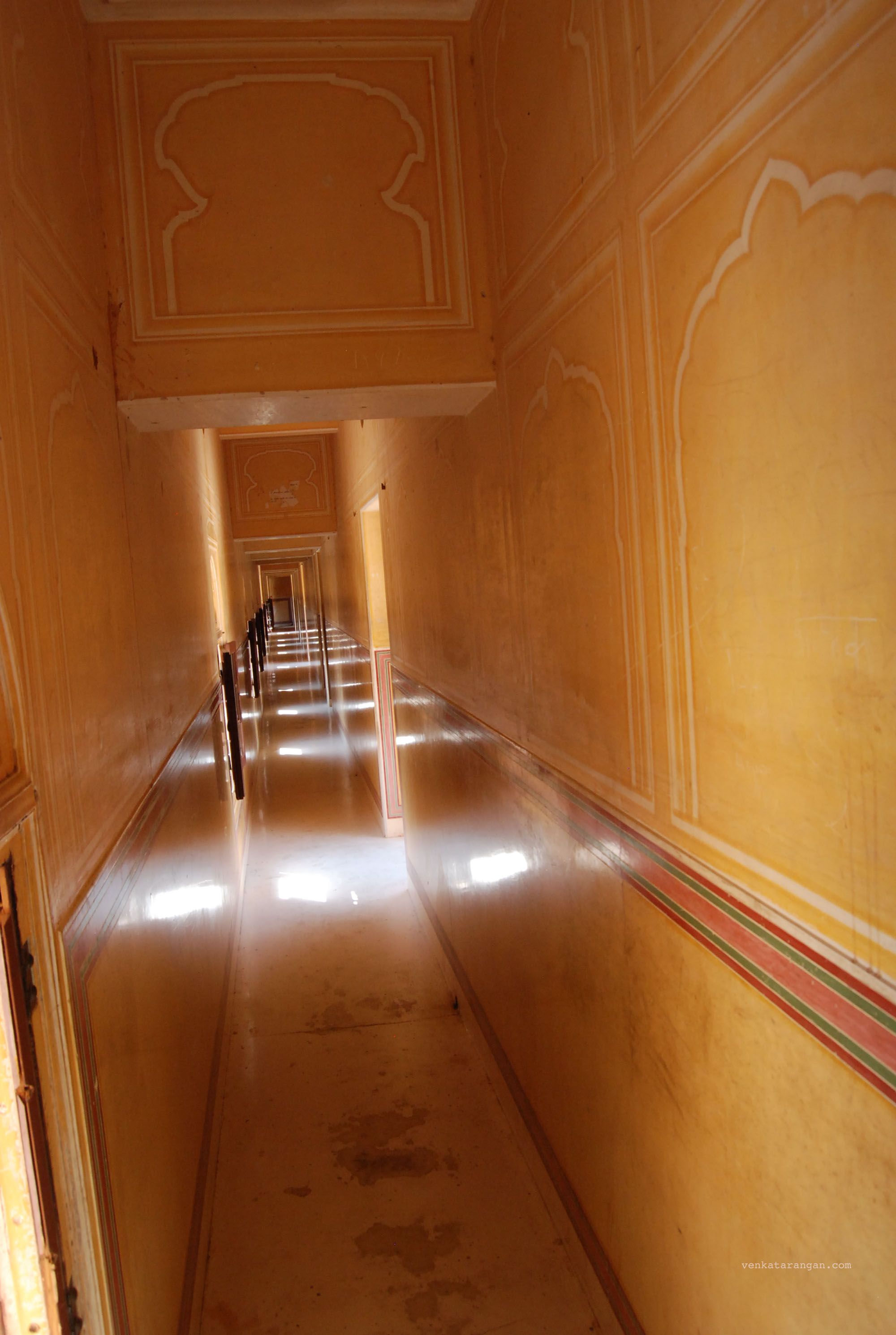
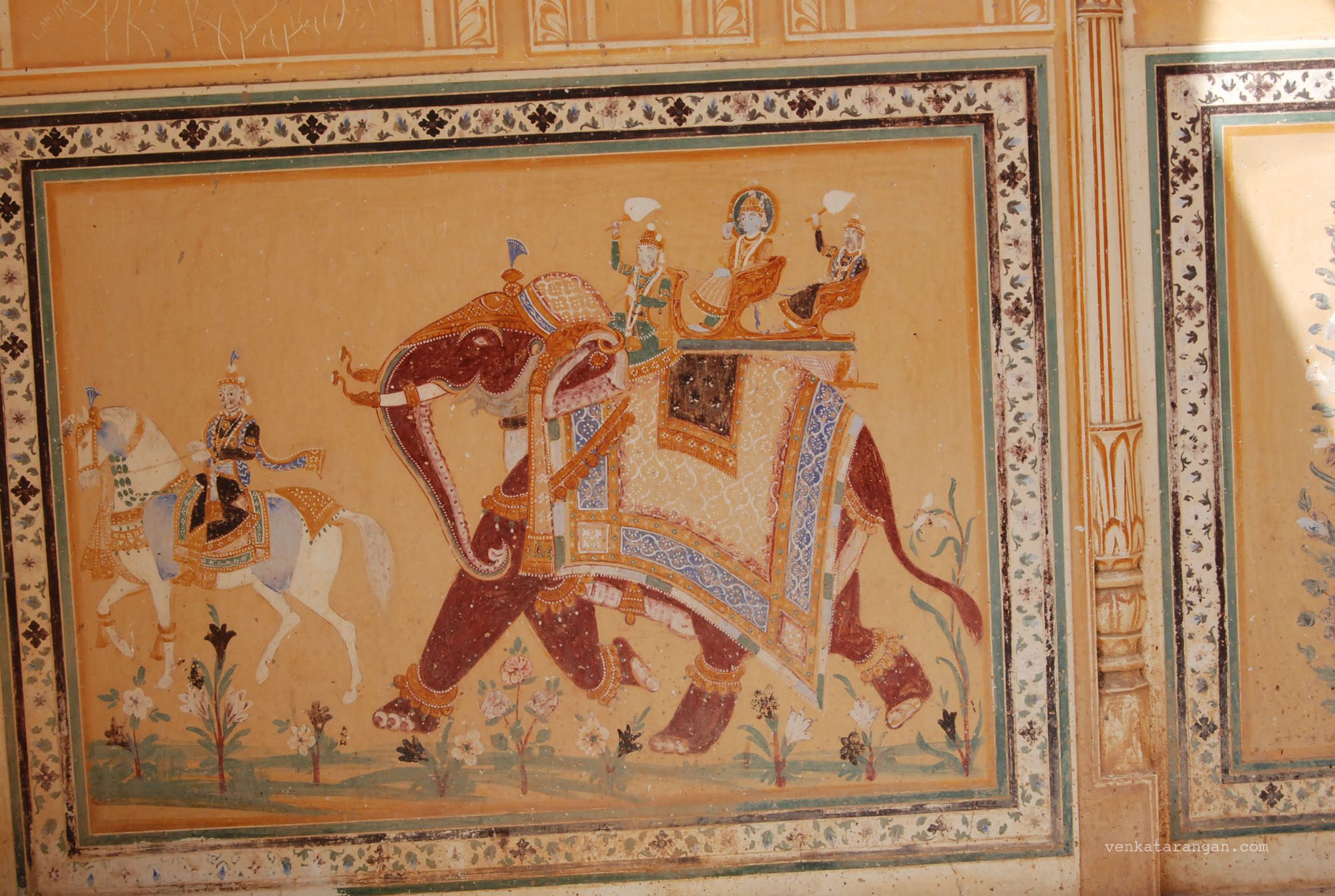
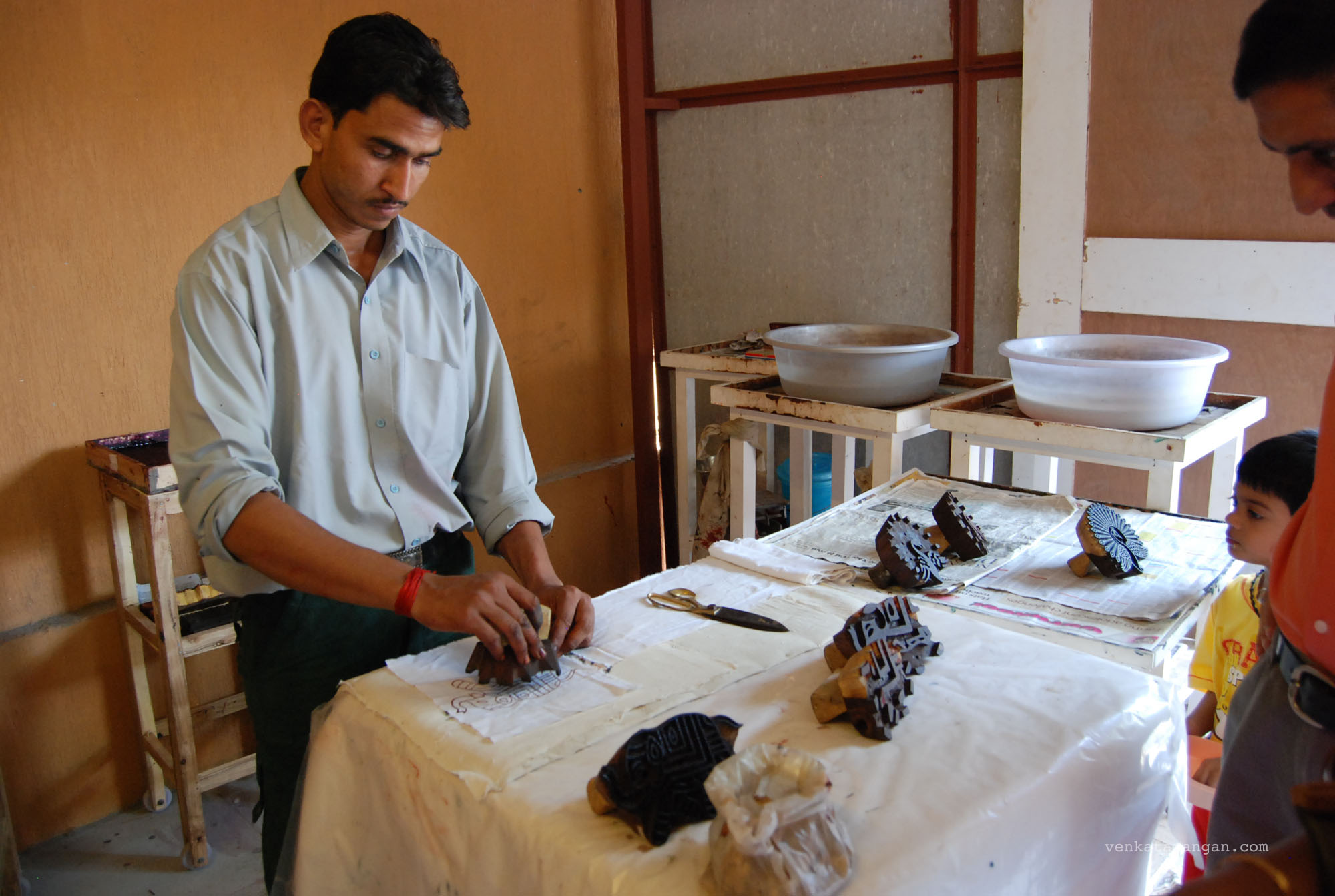
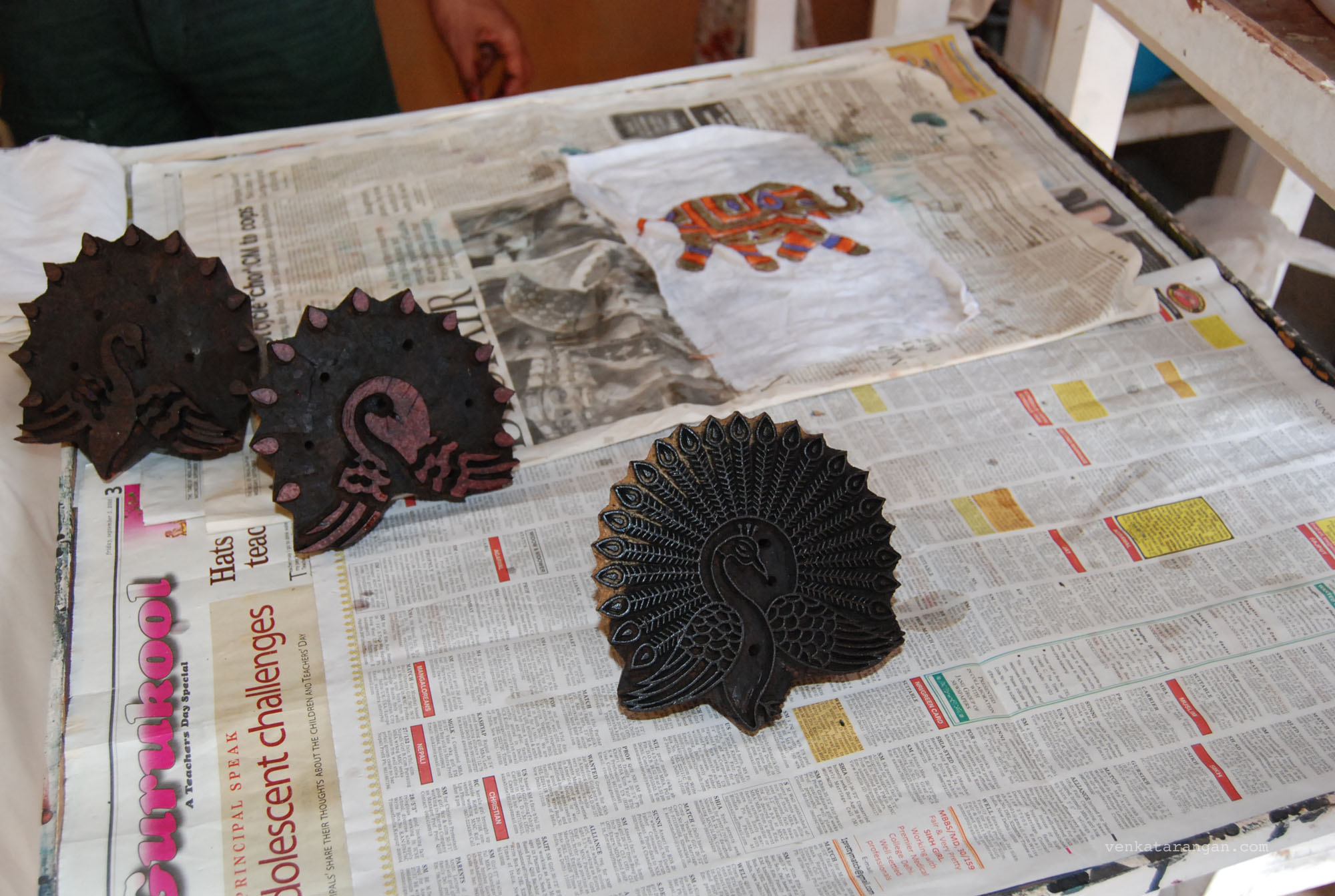
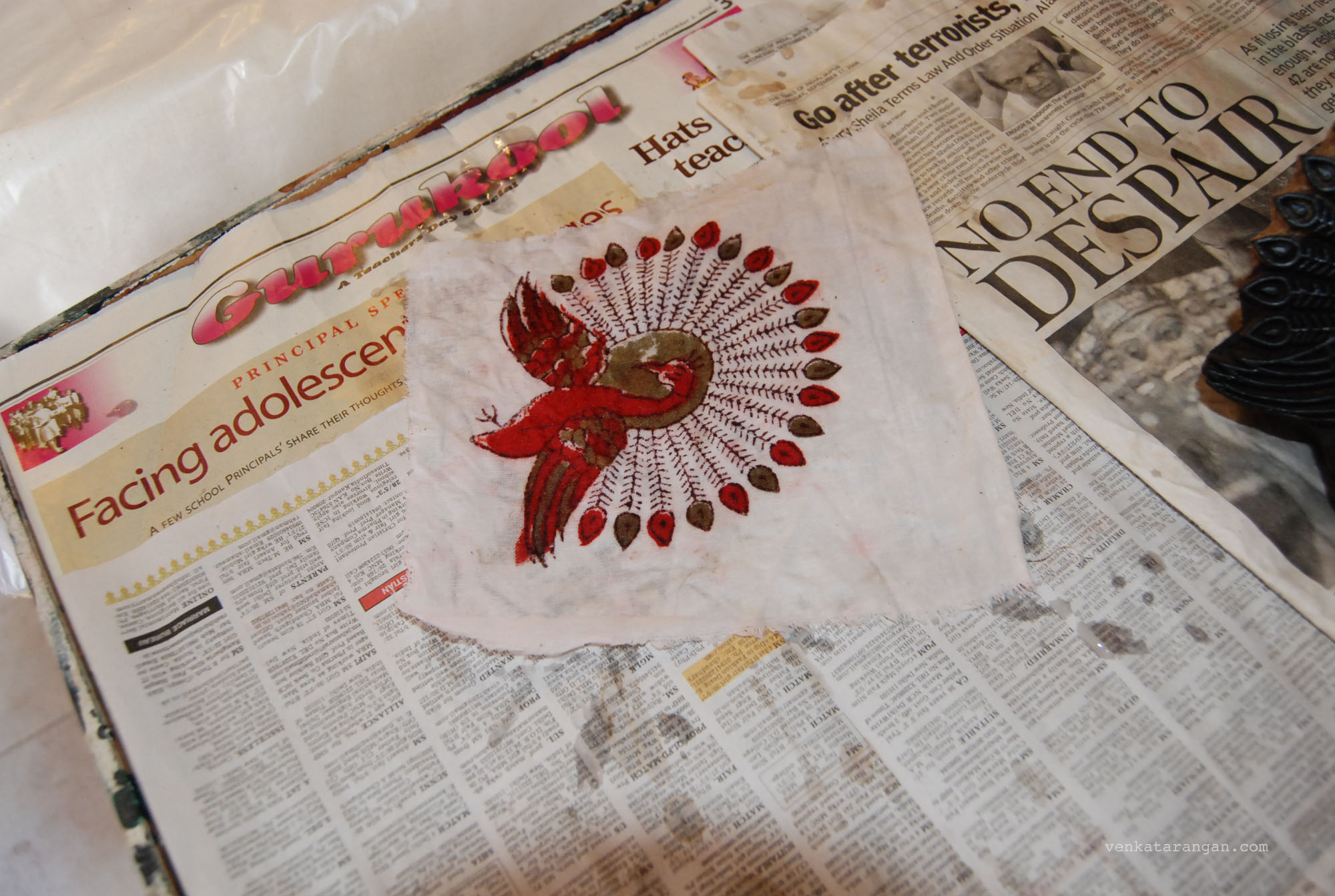
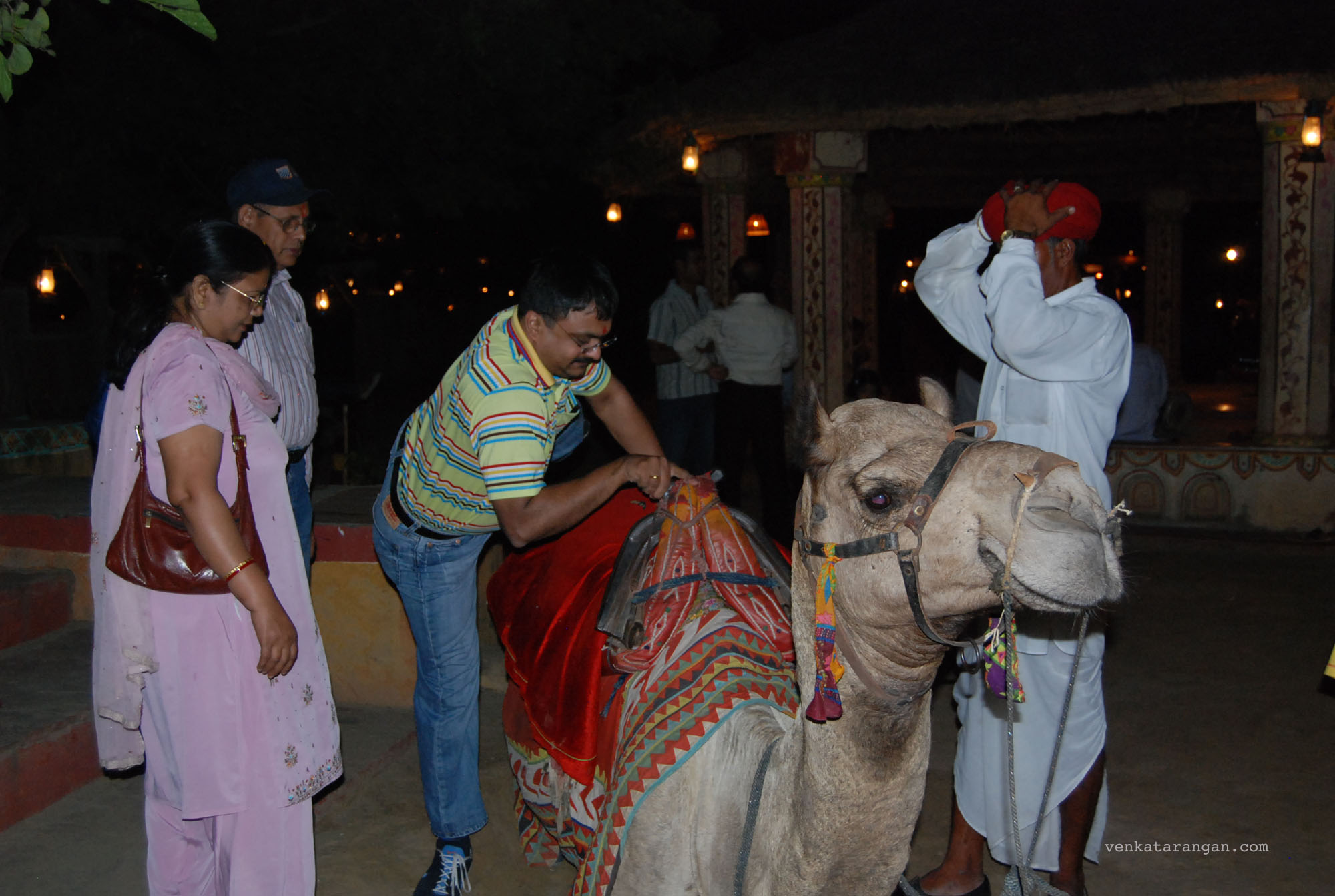

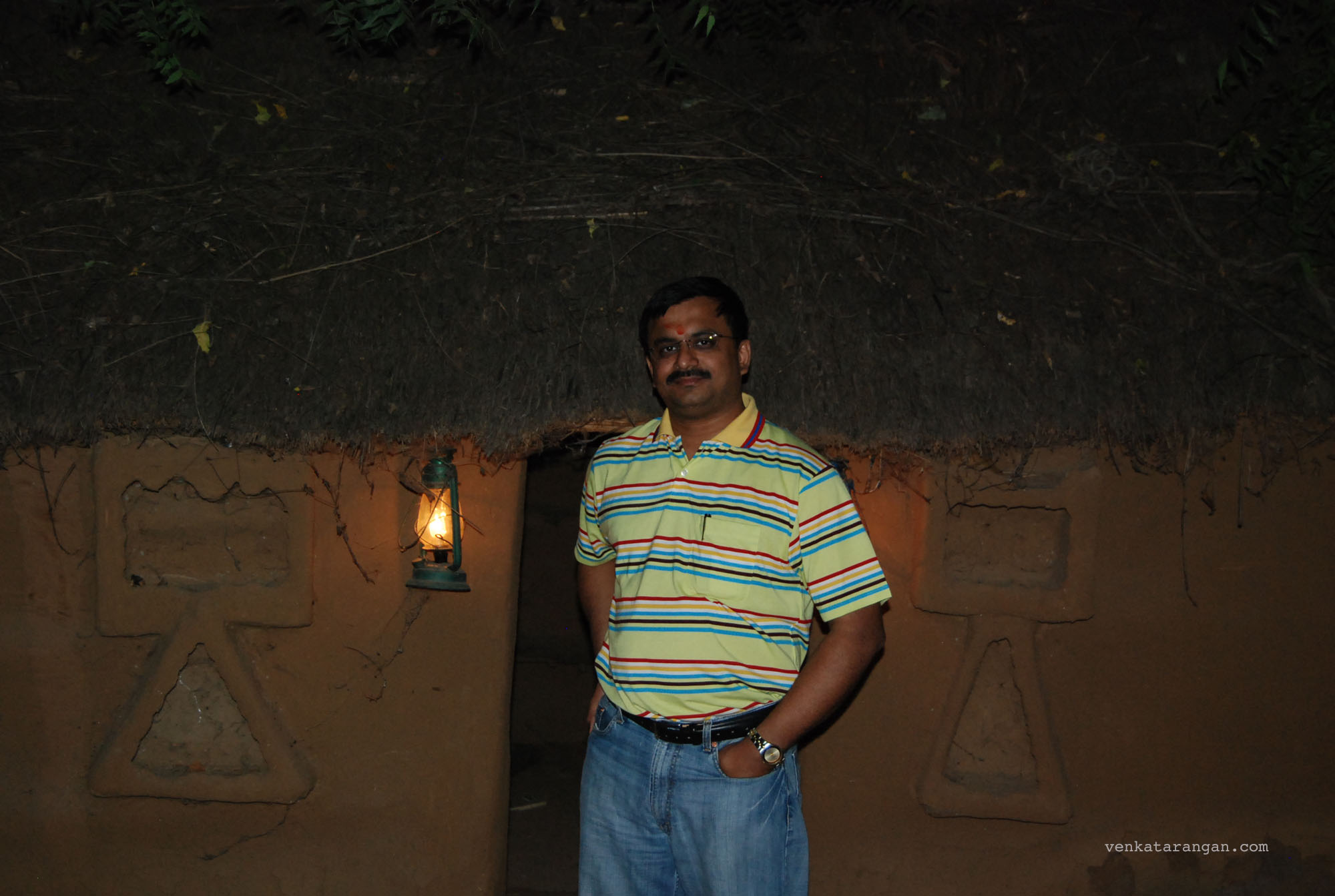
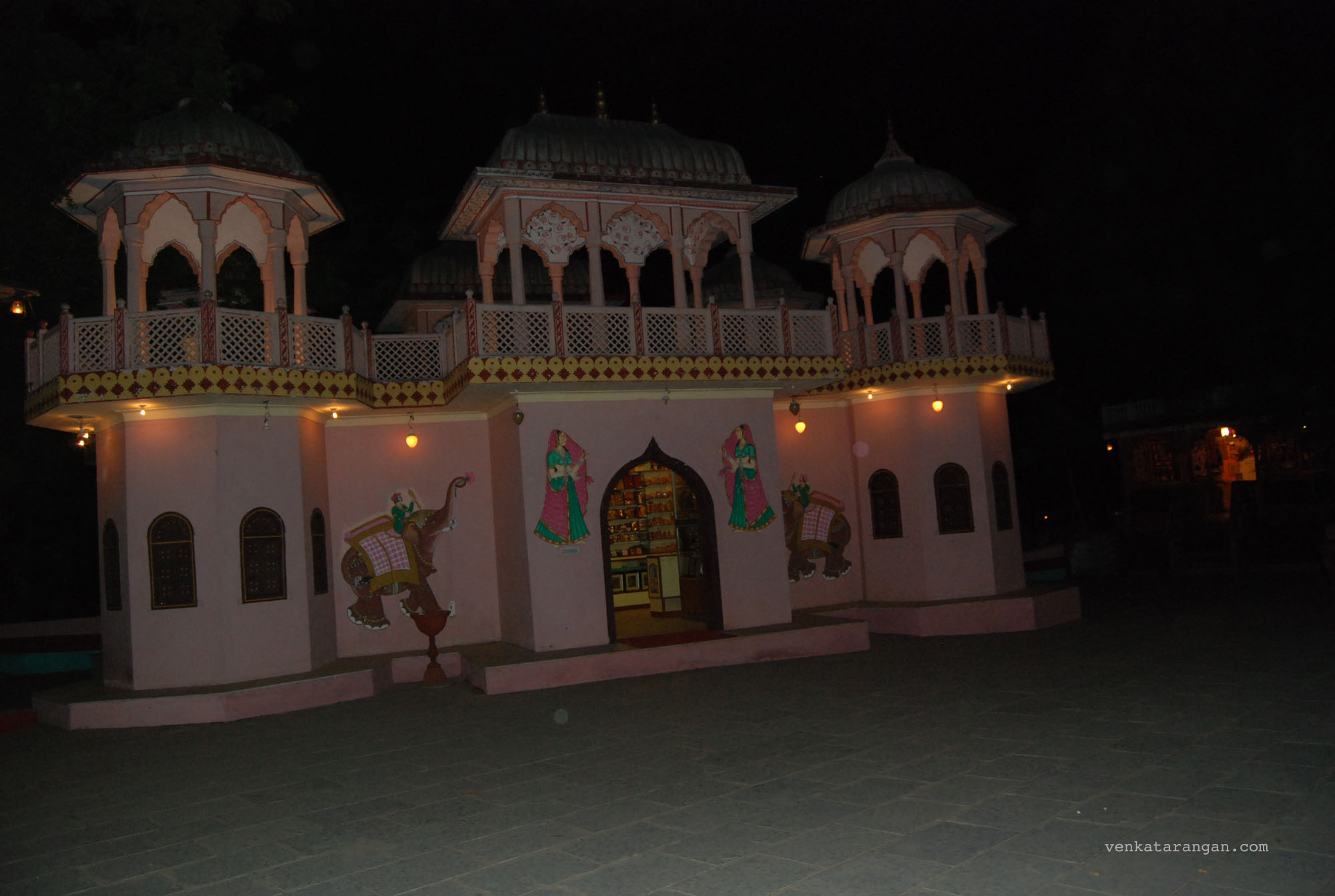
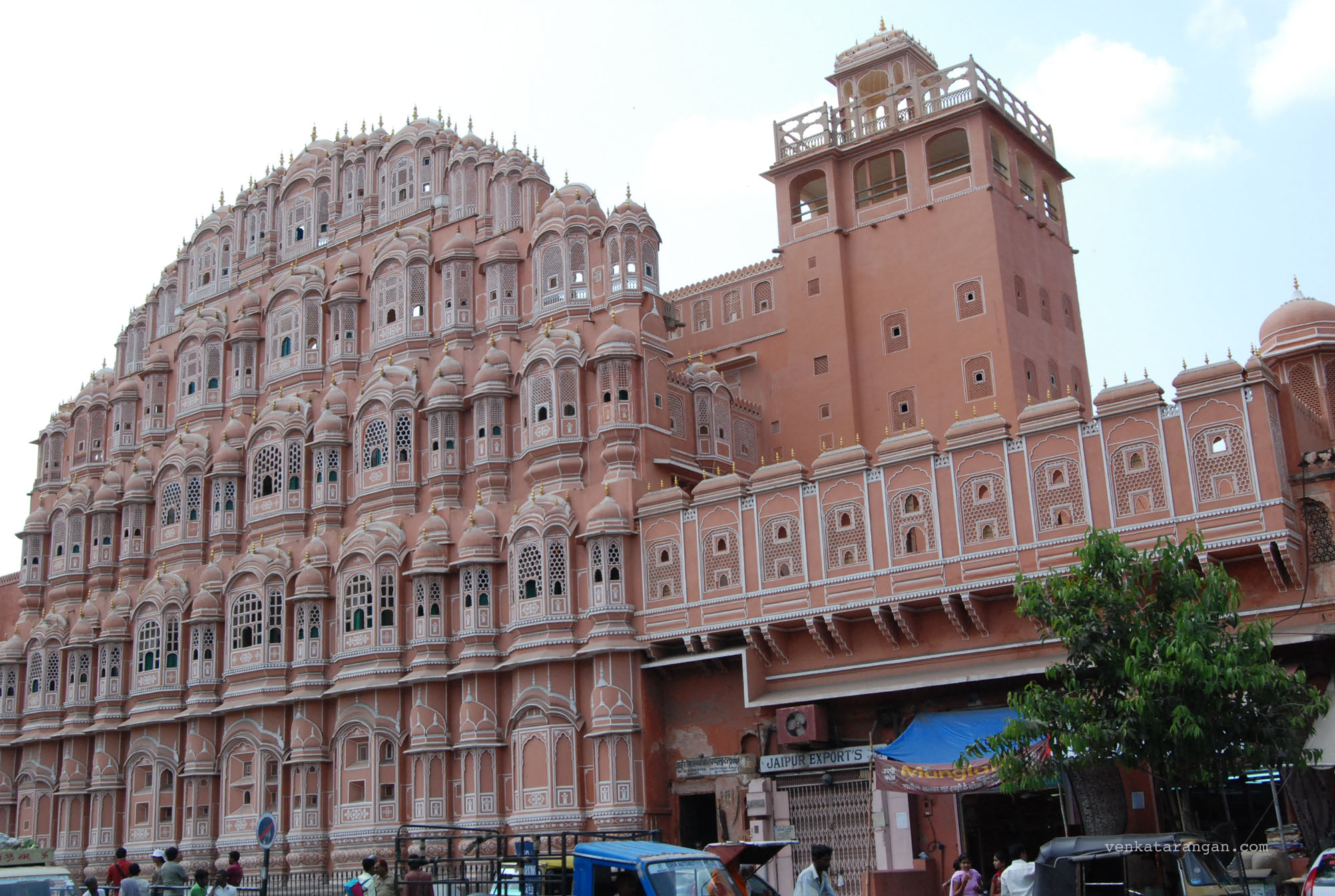
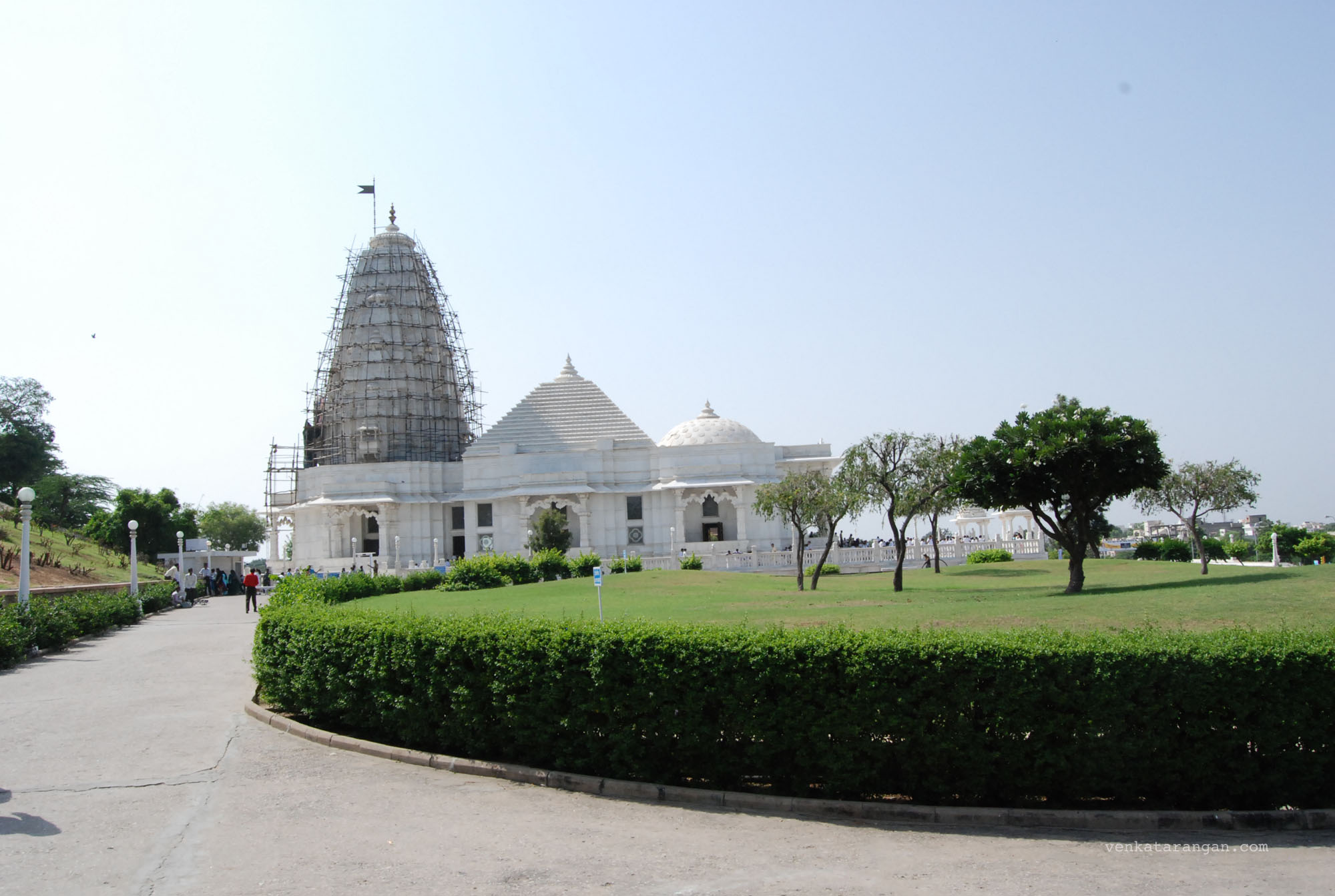
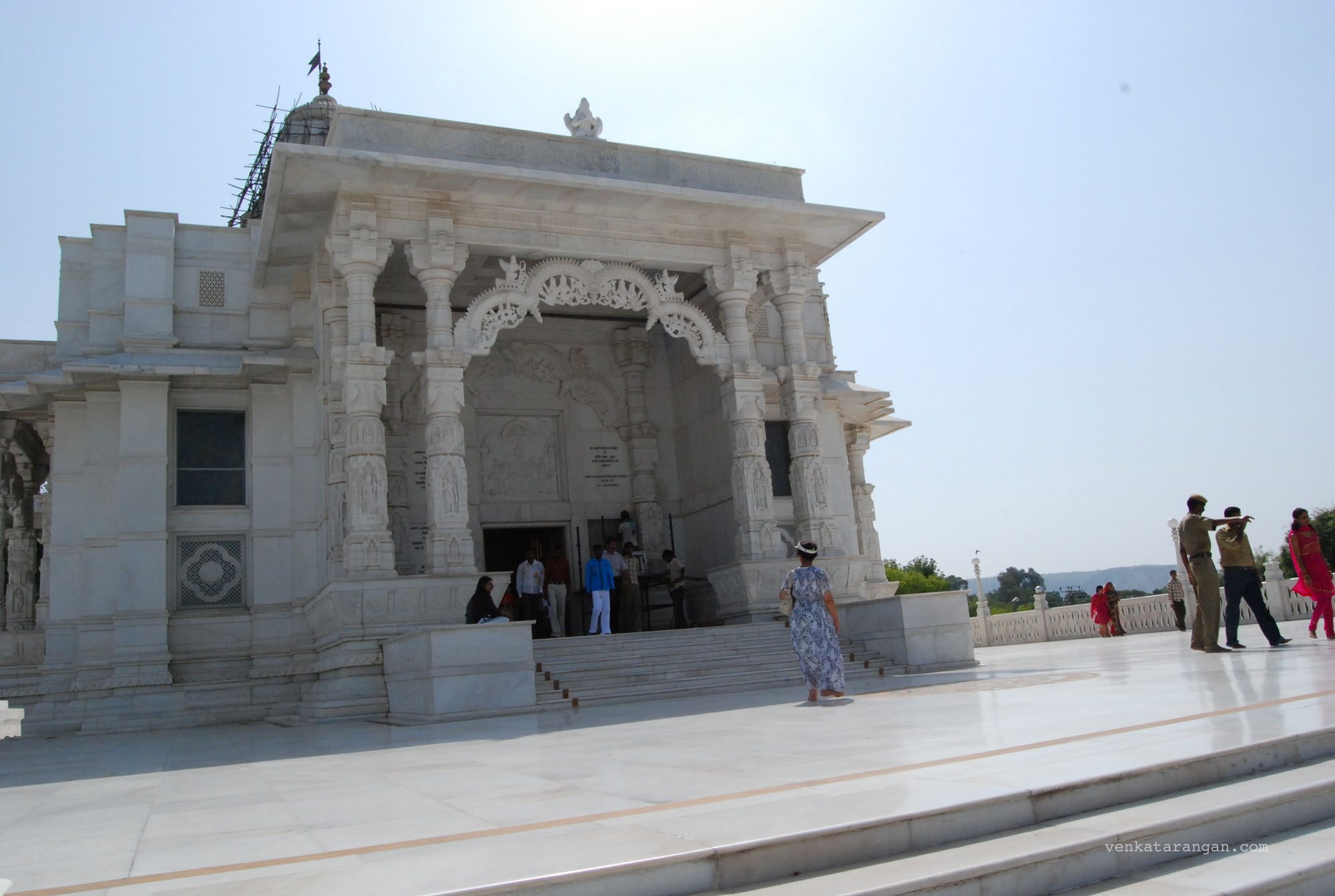
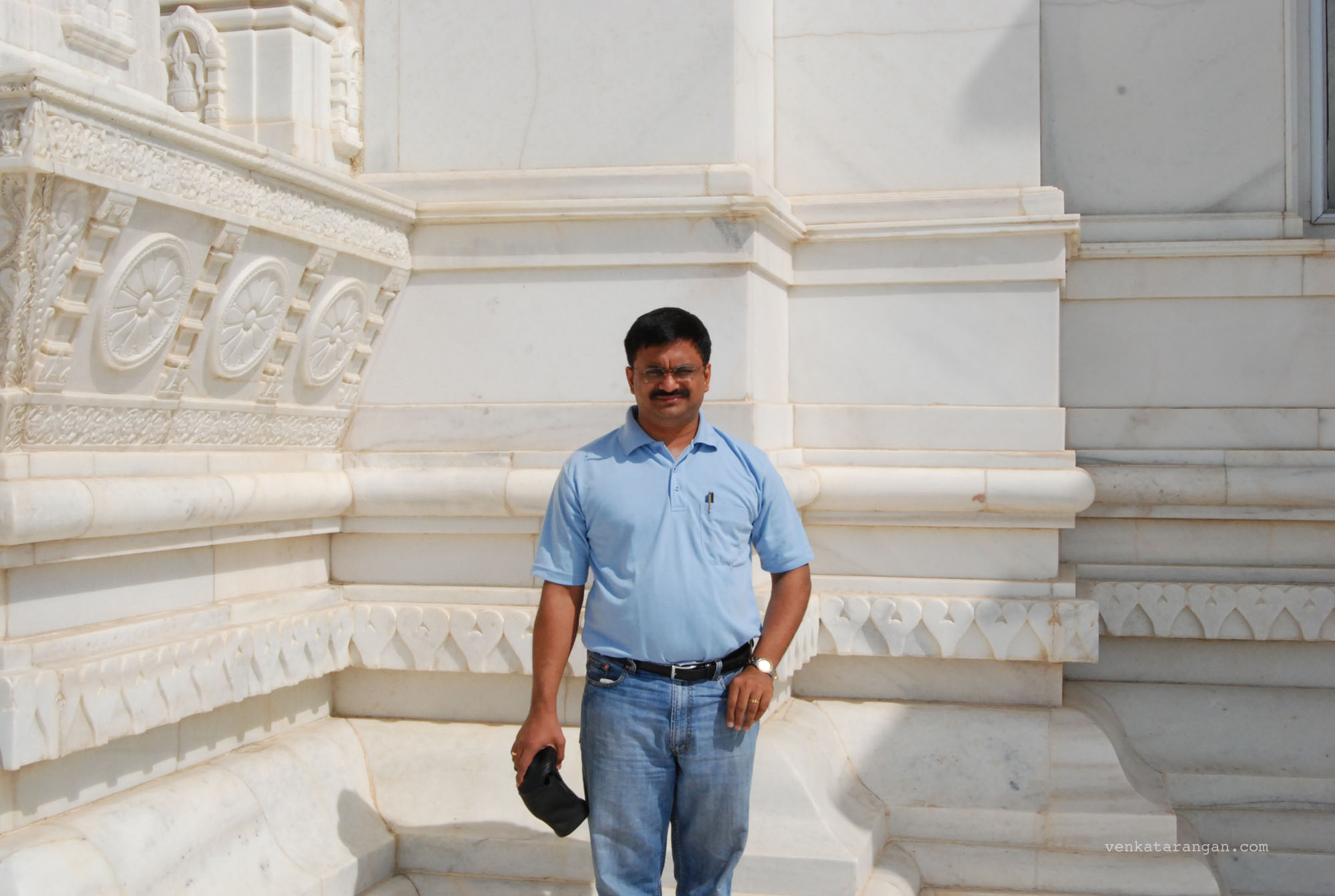
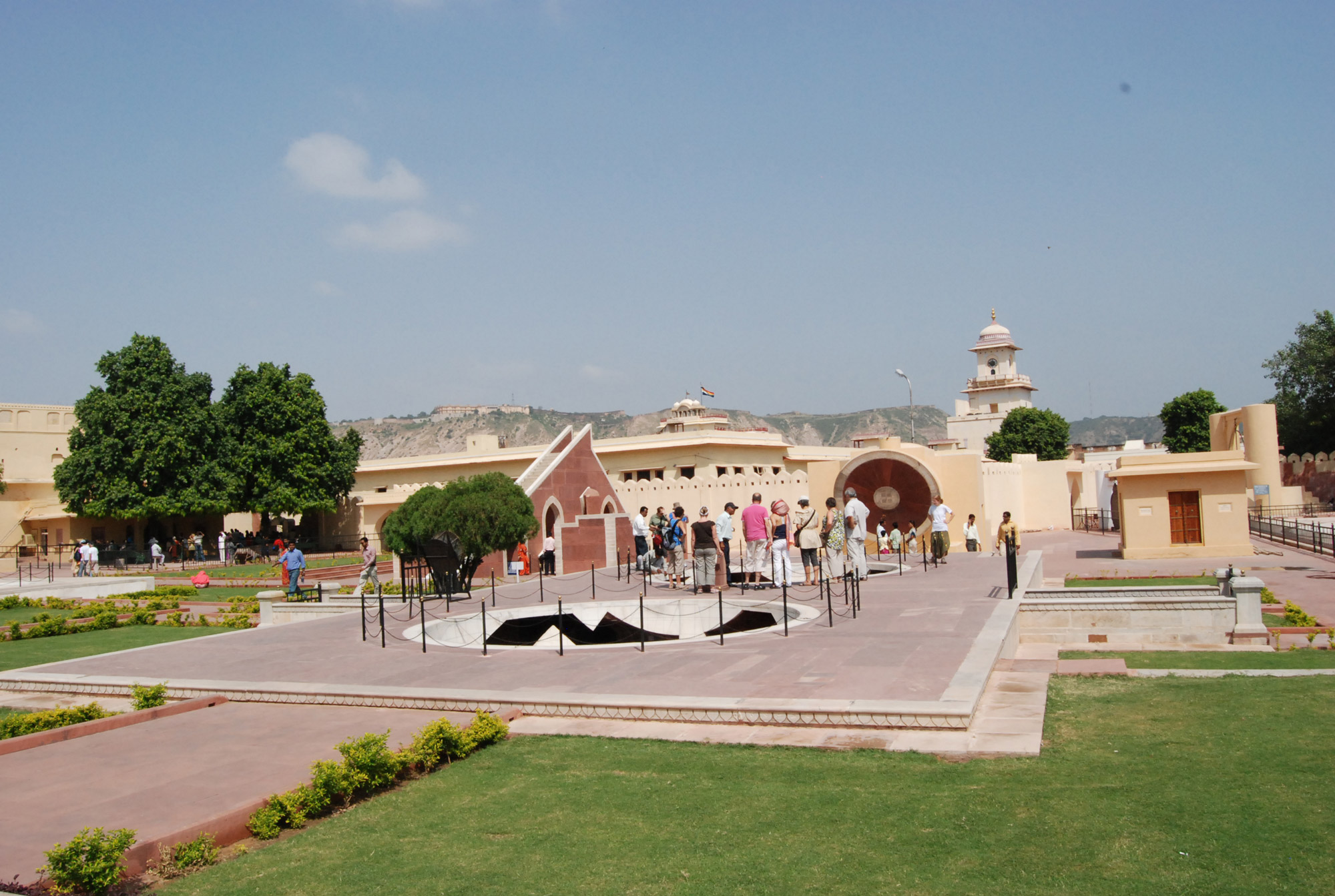
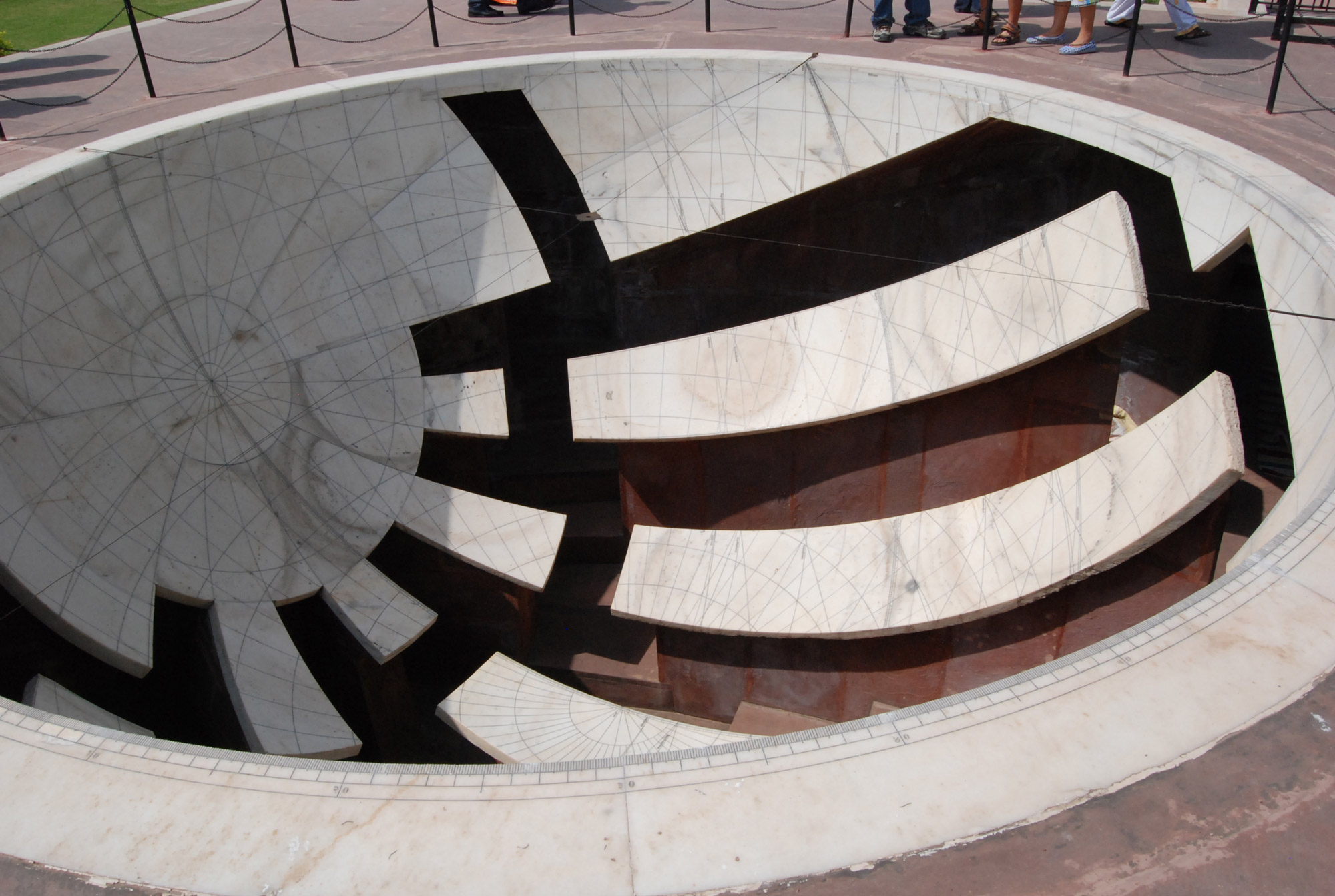
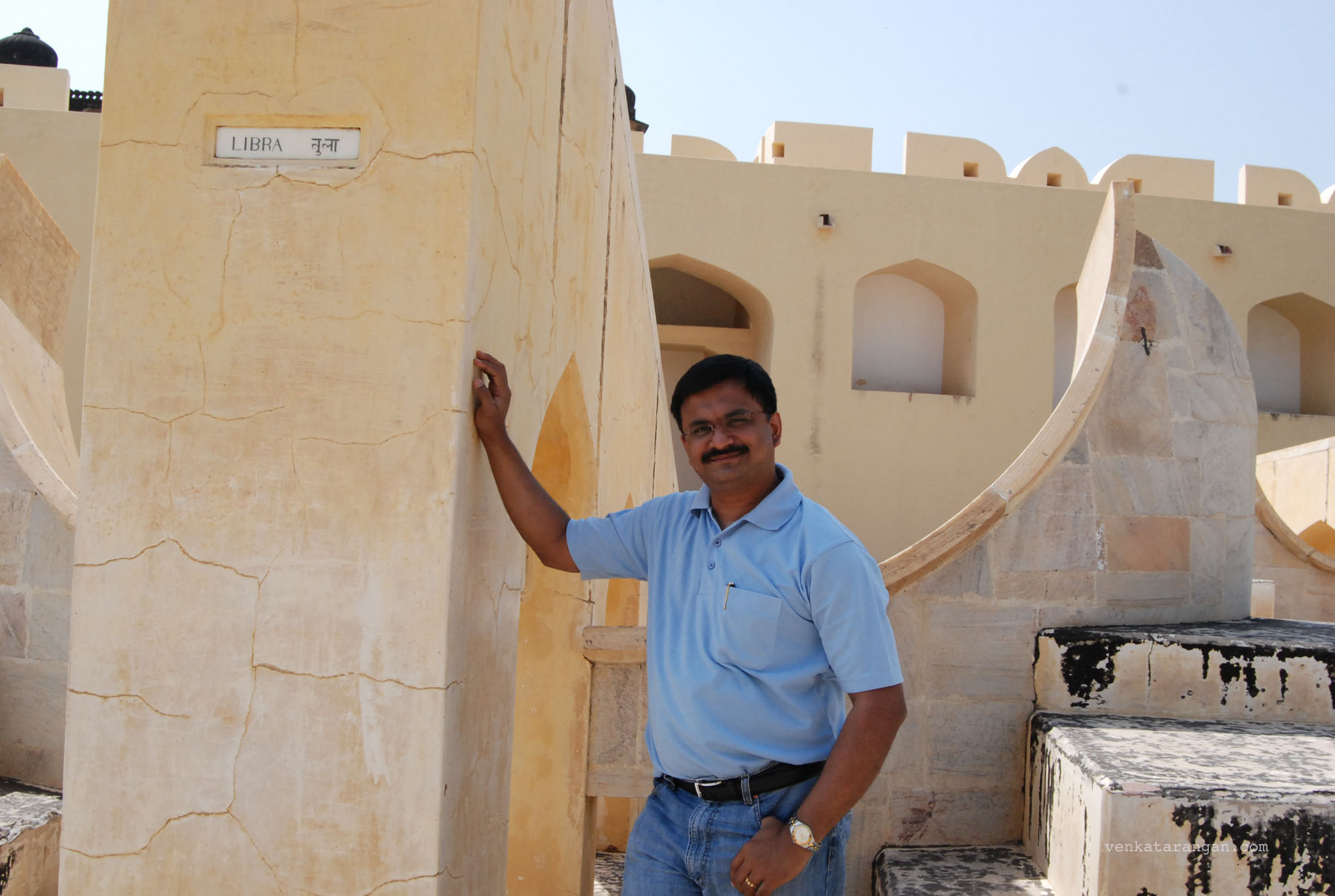
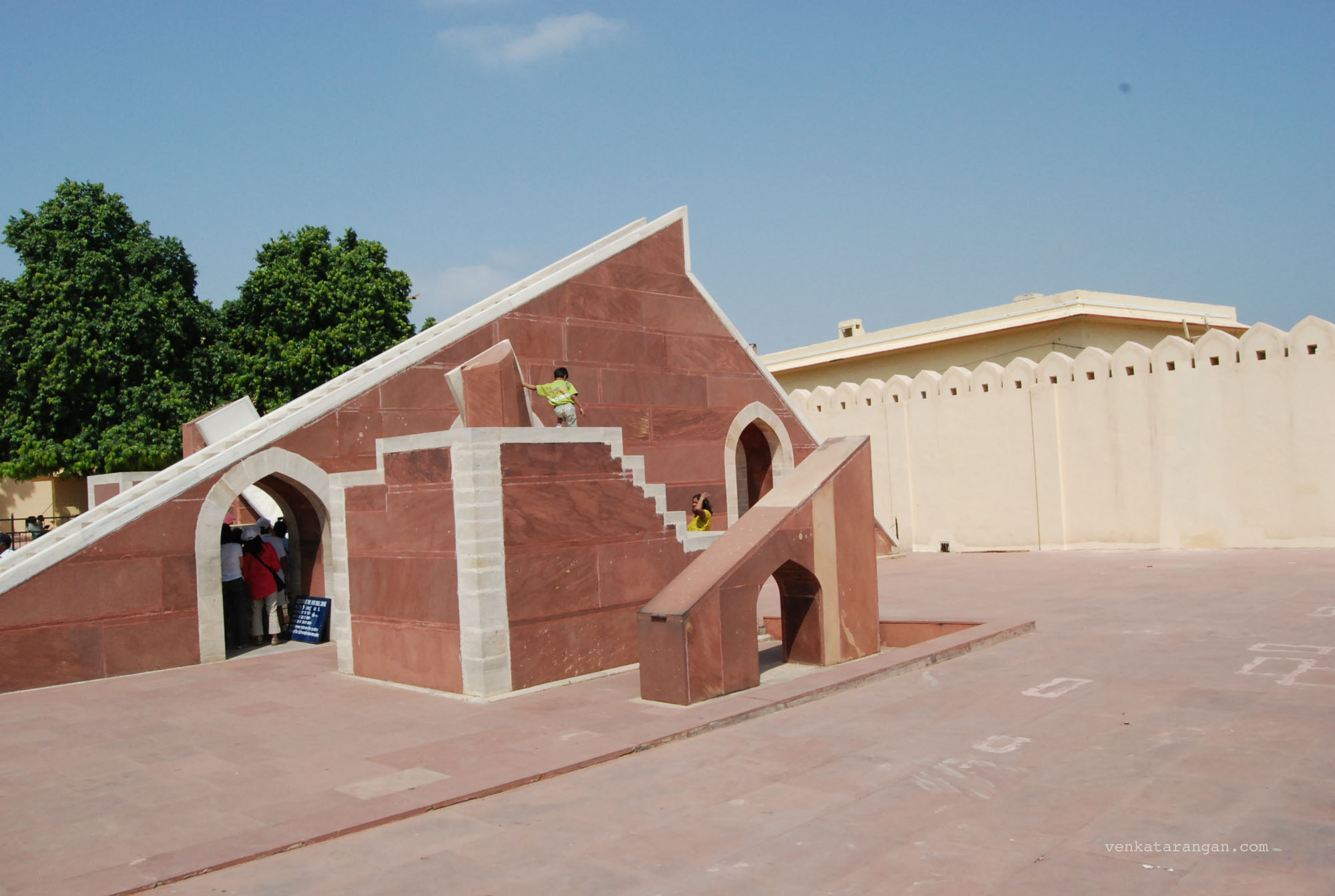
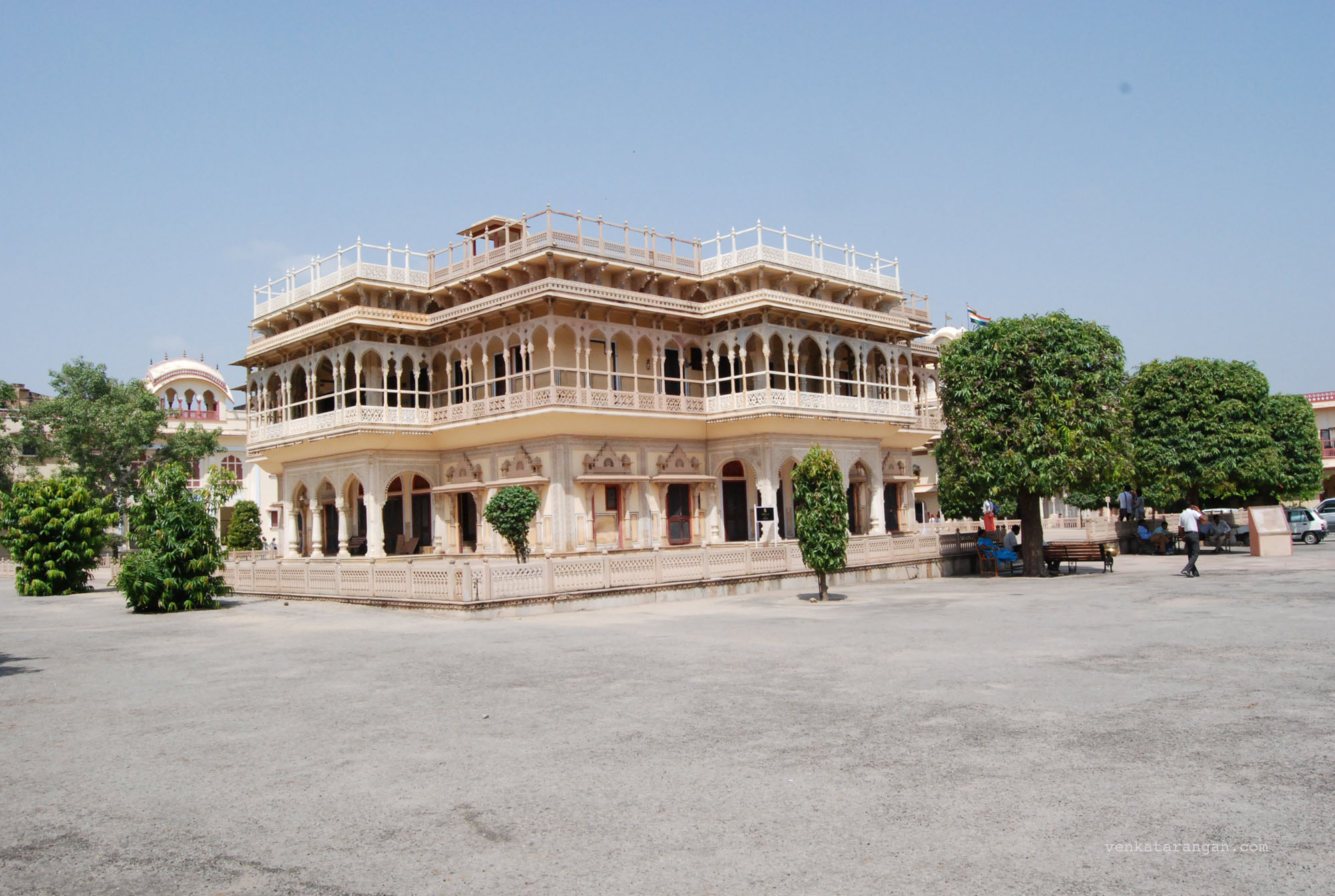
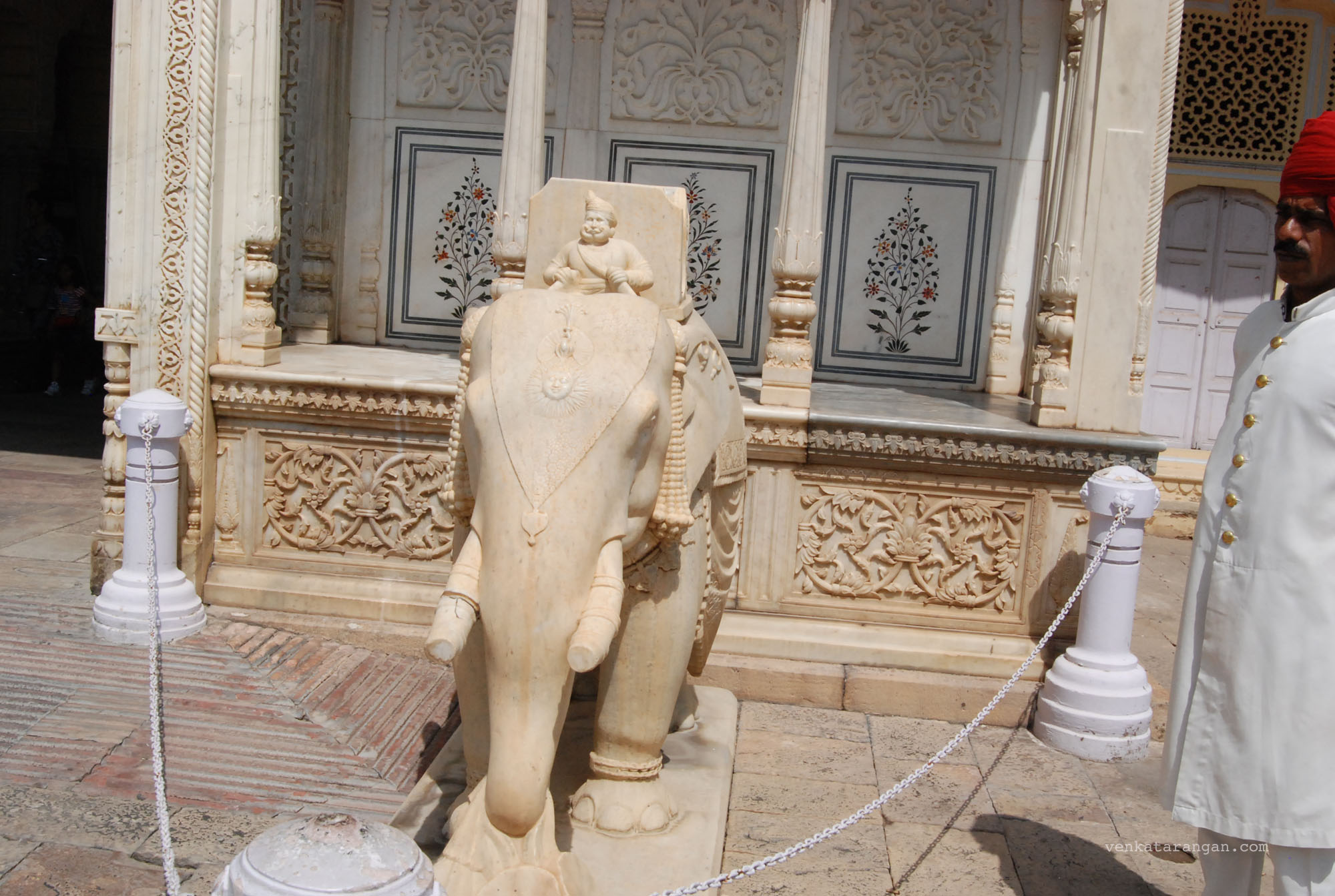
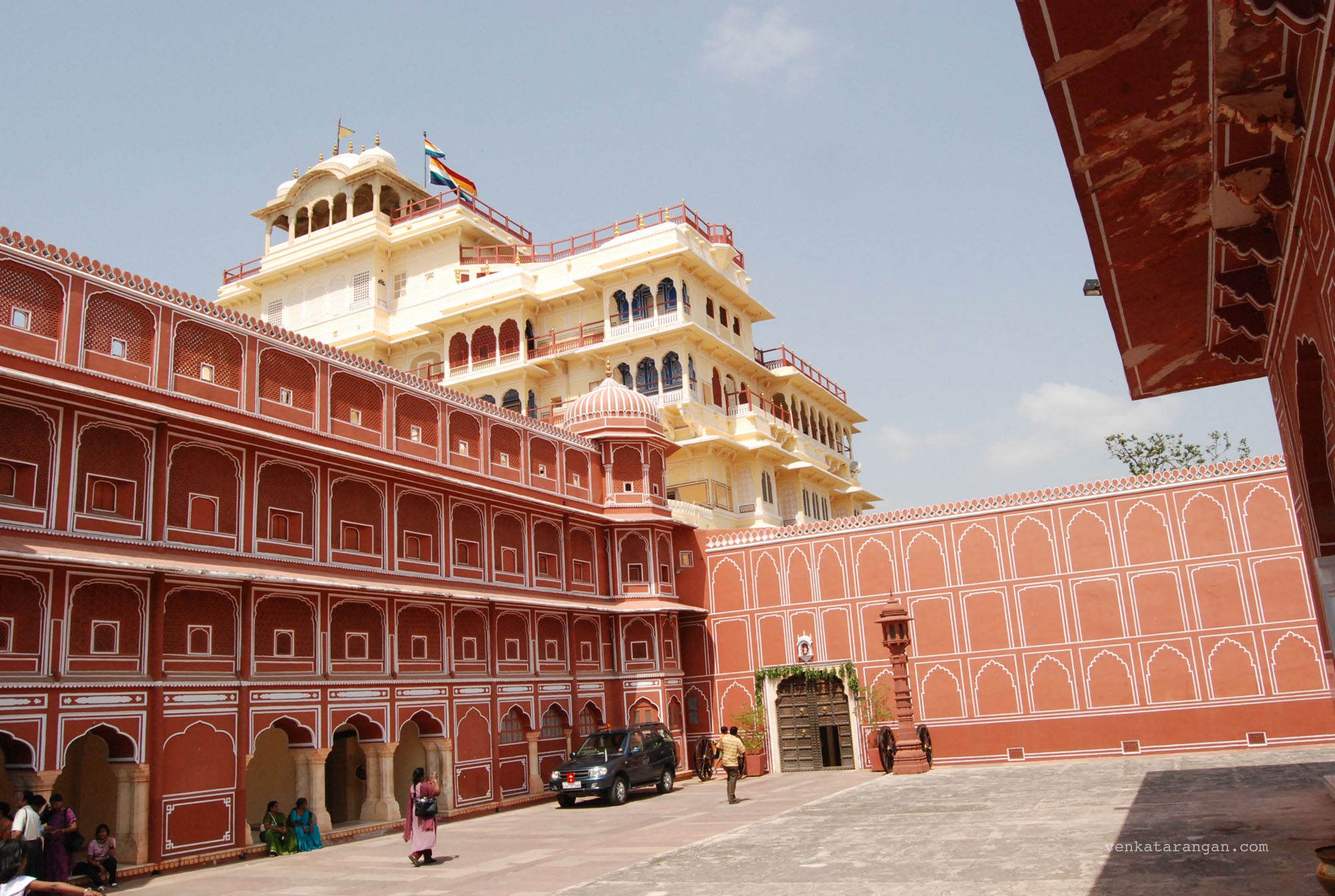
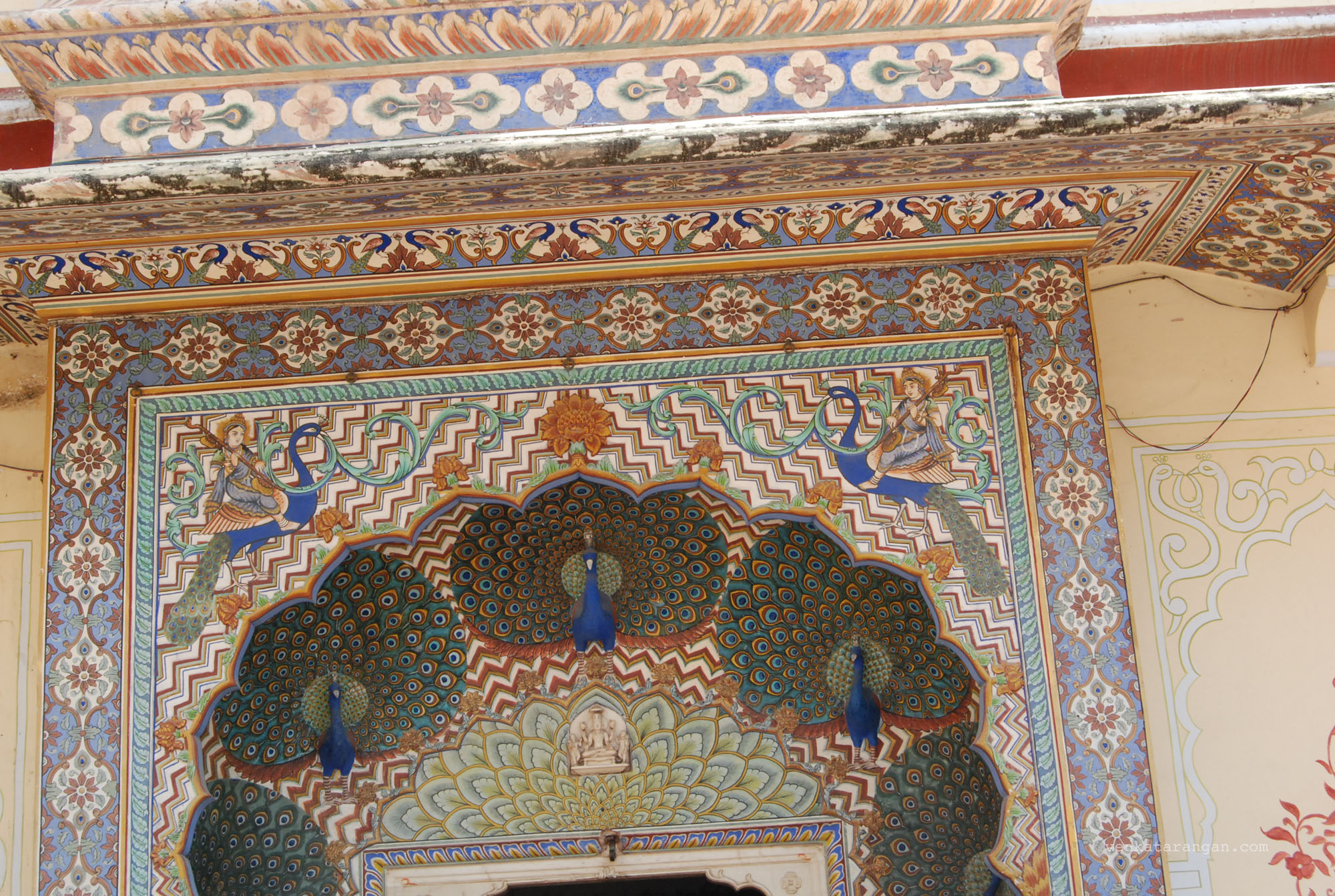
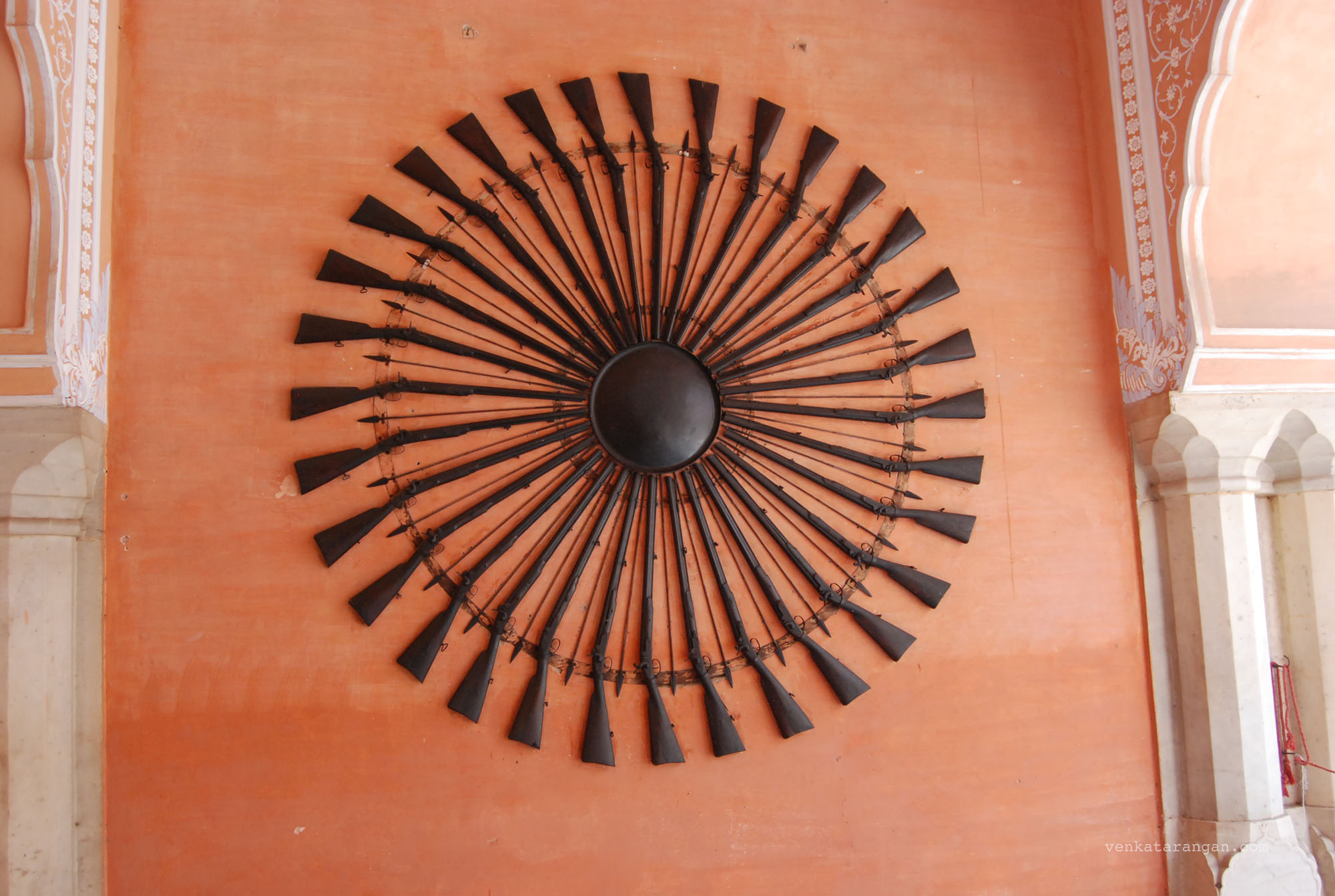

Excellent Itinerary : If you want to plan a journey which is fulfilling in all aspects, no other place than Jaipur should be your first choice. The city commonly known as “Pink City” is a complete tourism package in itself due to its diverse range of tourist attractions. Jaipur has remained the first choice for history buffs and ancient architecture lovers, but it also allures people who want to live richness of culture and heritage. There are hundreds of places worth visiting in Jaipur but we have populated a list of top-10 Jaipur tourist attractions.
Jaipur sightseeing places are very beautiful and incredible when tourists come to Rajasthan tour then they should watch Jaipur tourism places. Jaipur tourist places have been added in the India’s most famous sightseeing spots.
Hawa Mahal or the Palace on Winds, is a beautiful and an exemplar of ancient traditions. I must say you should have had stopped by and visited inside the palace. The palace has number of windows which were constructed for the queen, the queen use to sit and watch King’s procession. I would suggest you if you visit the city again do visit the Palace, and forts nearby Amer i.e. Nahargarh fort, Jaigarh fort etc.